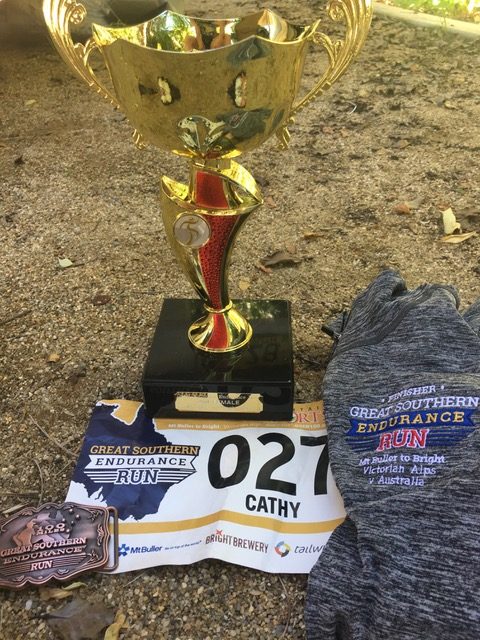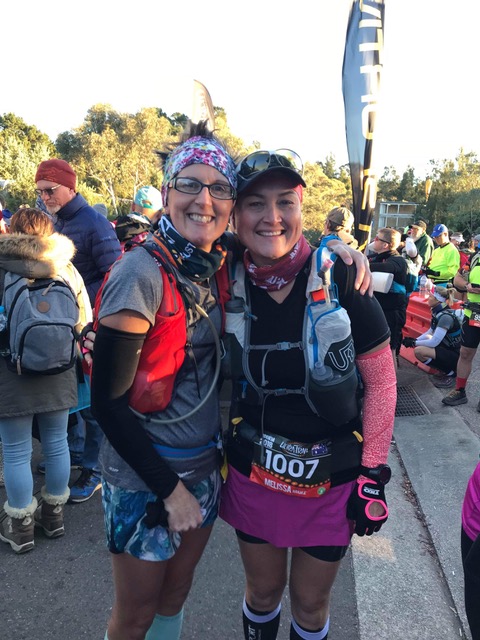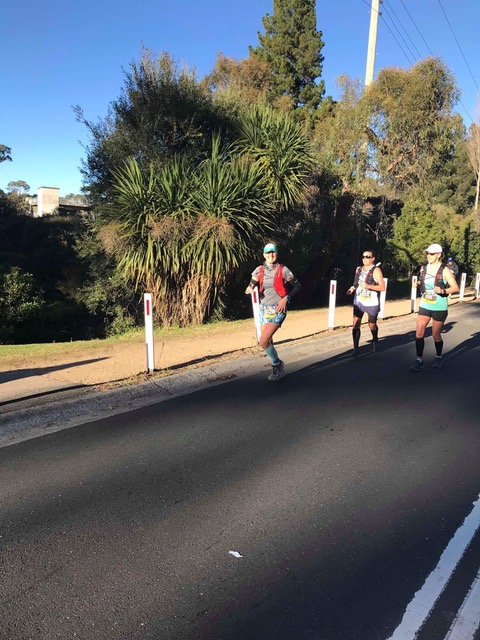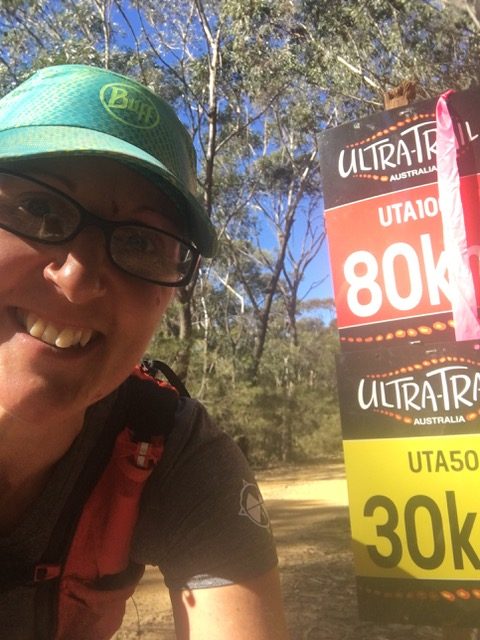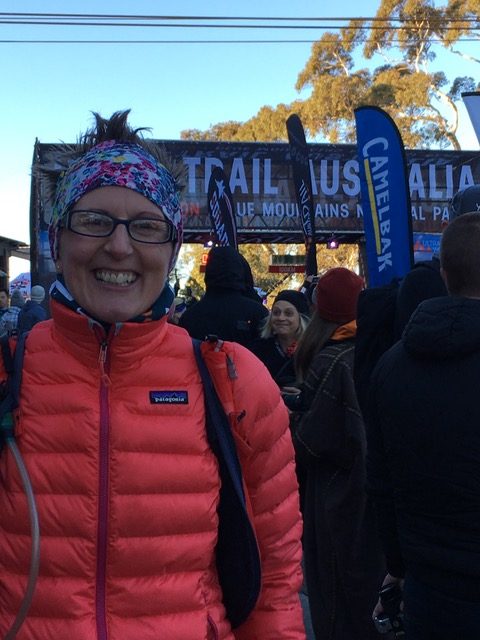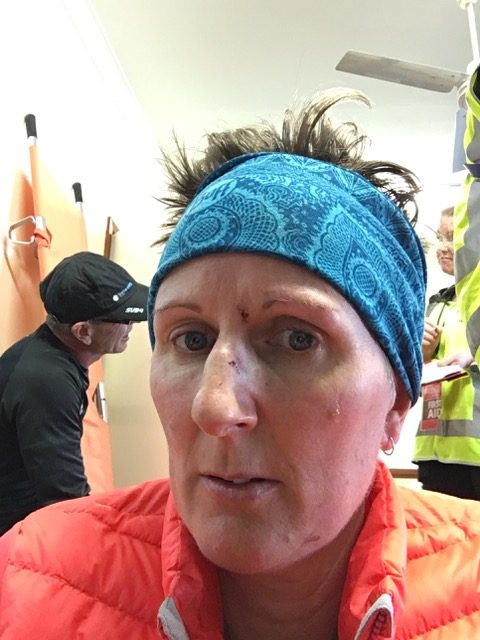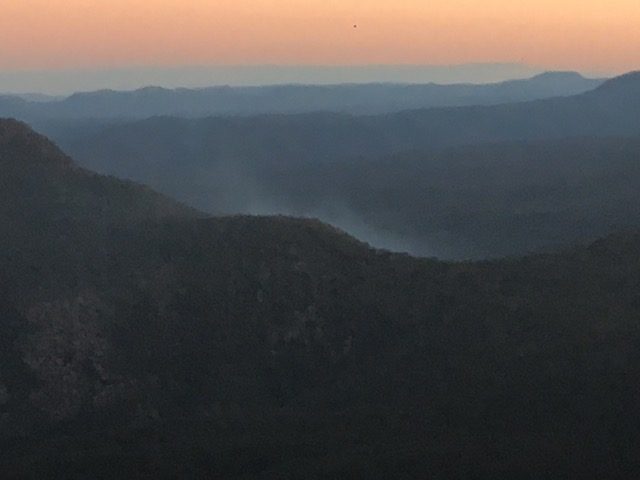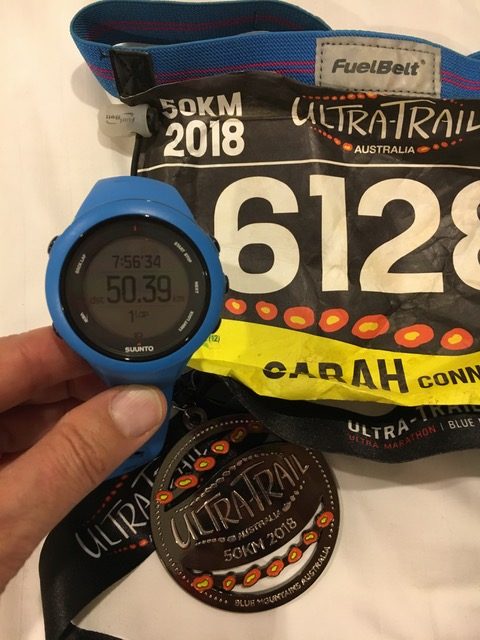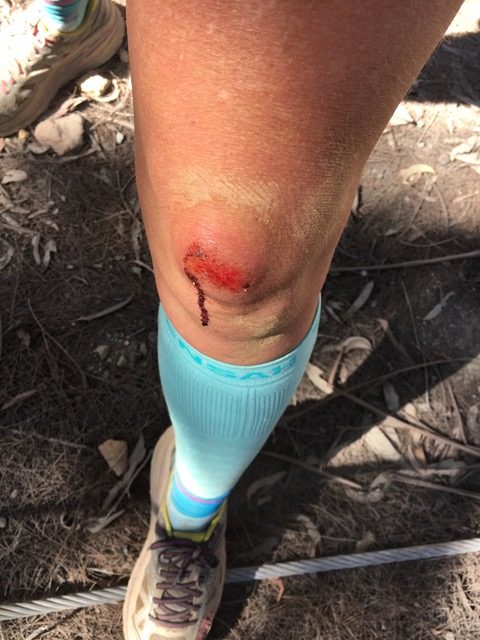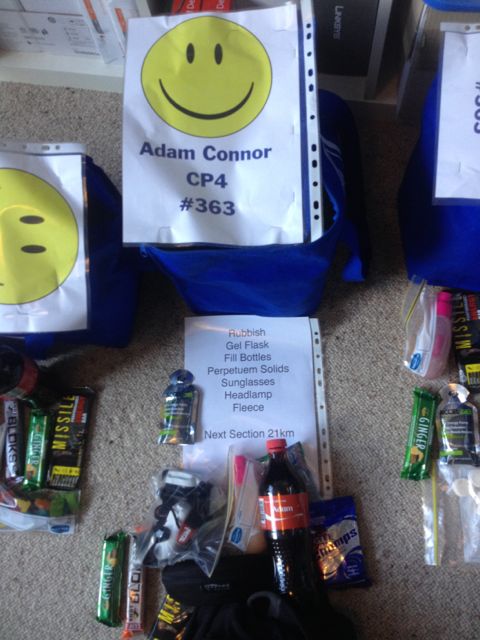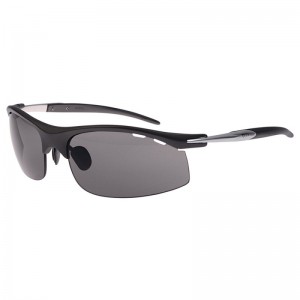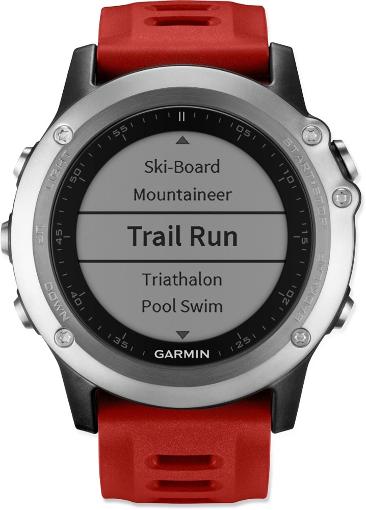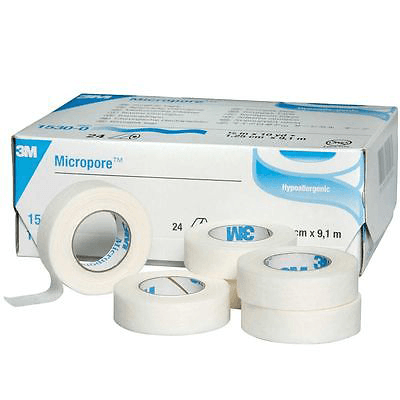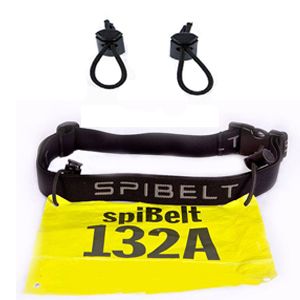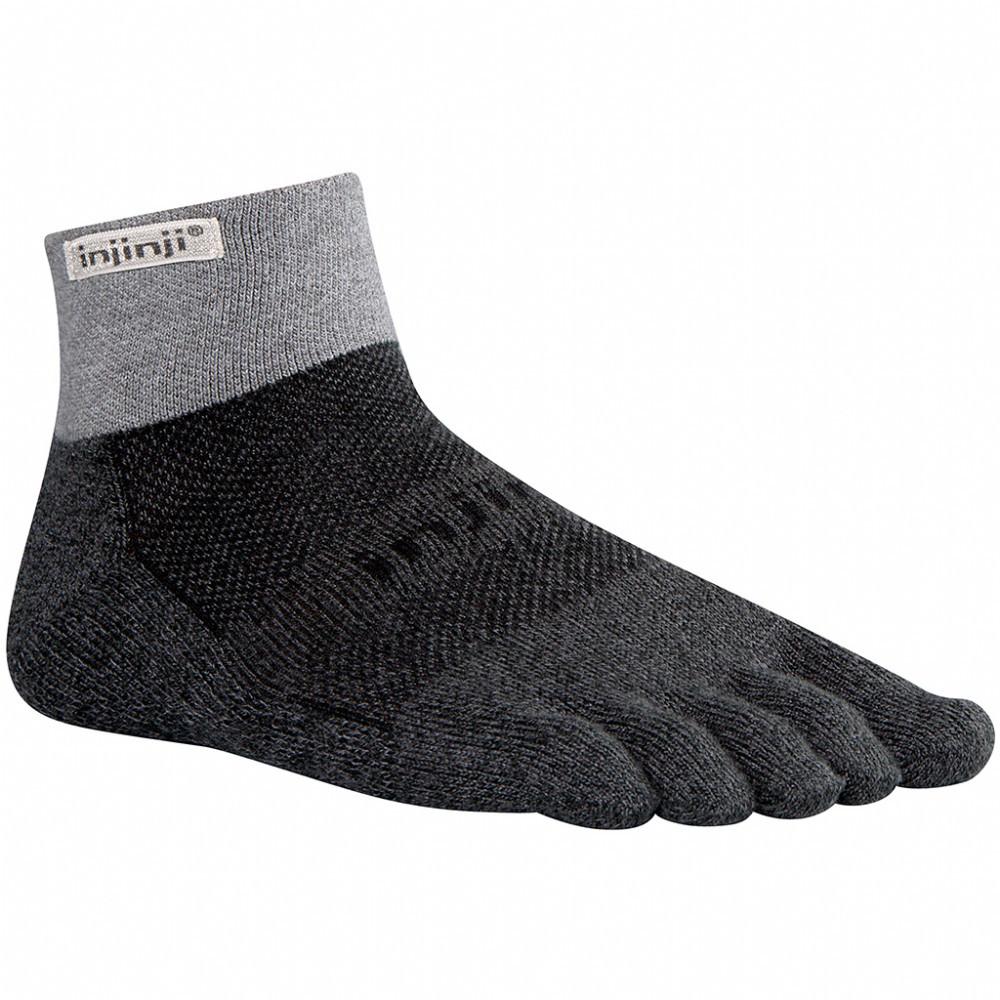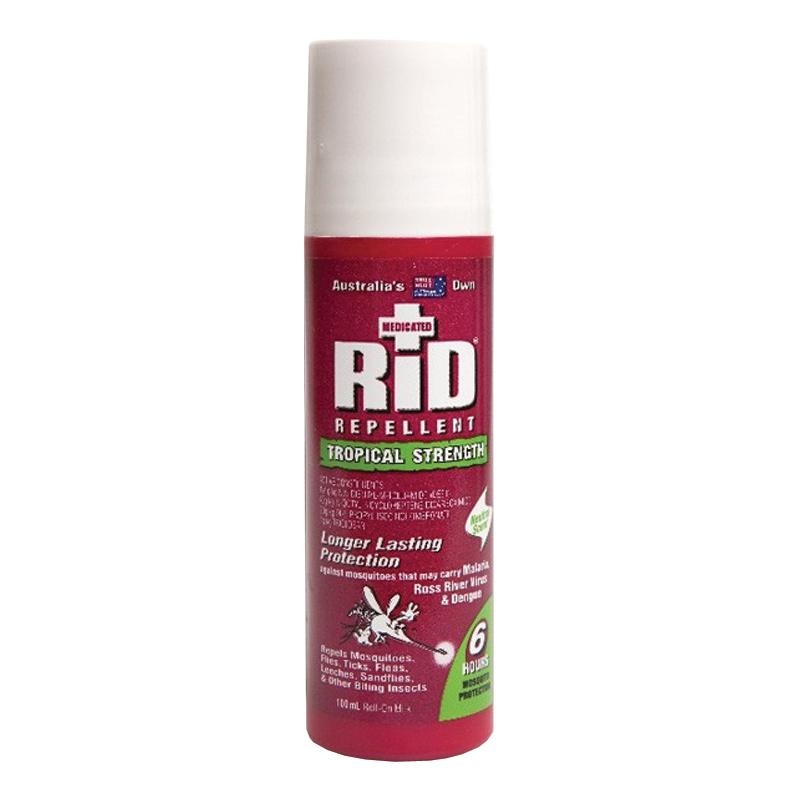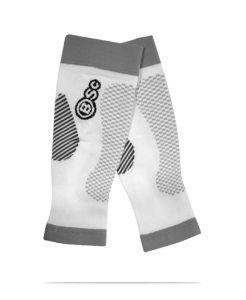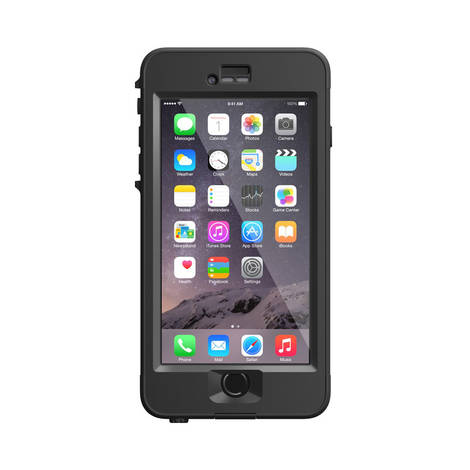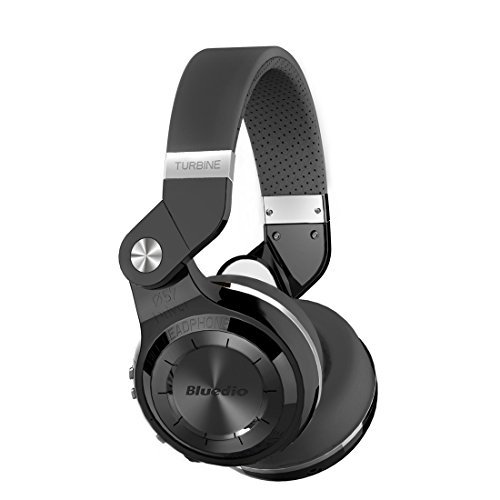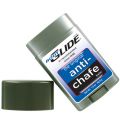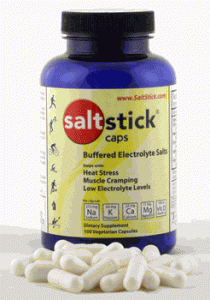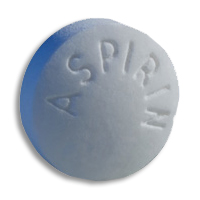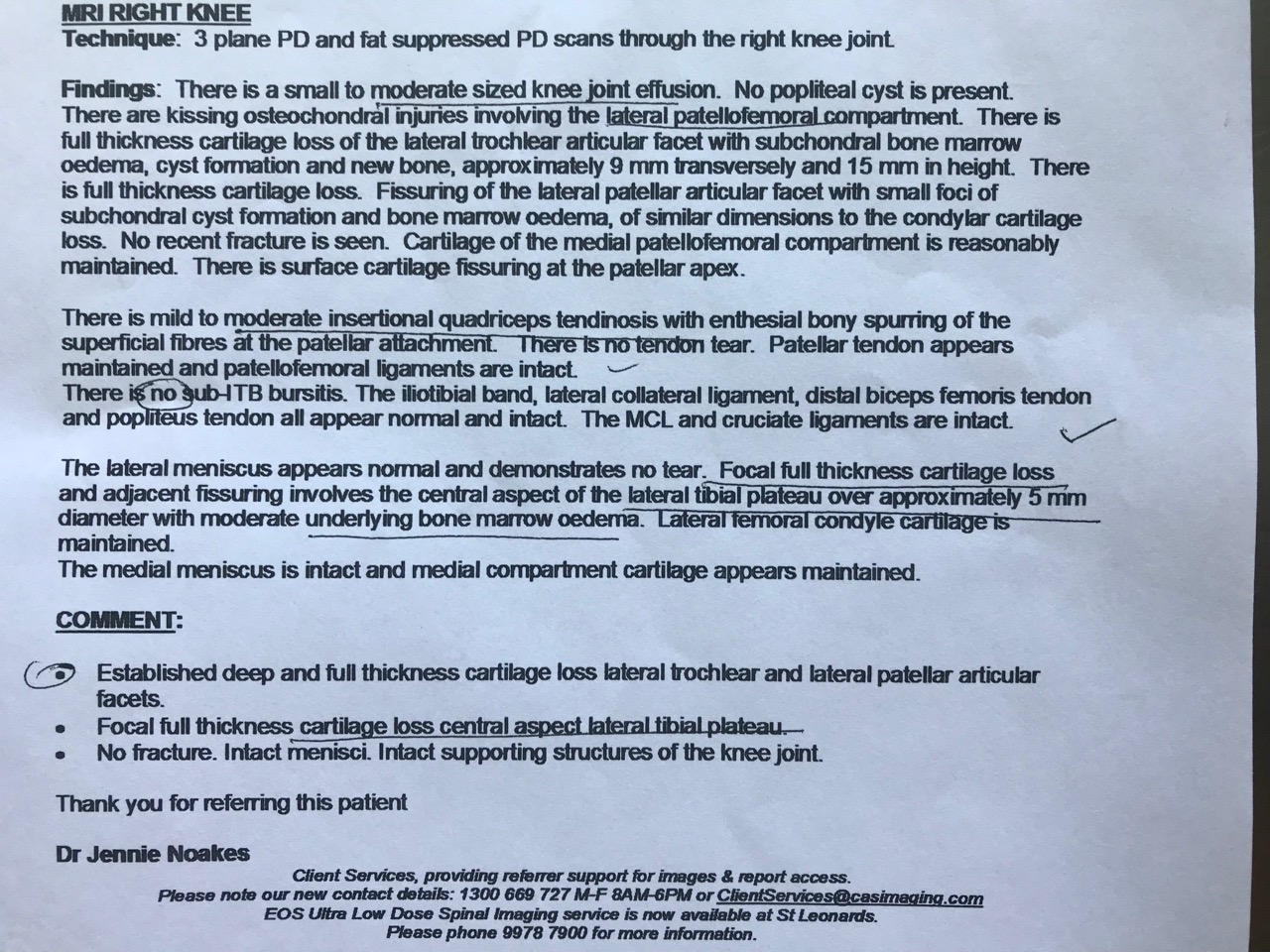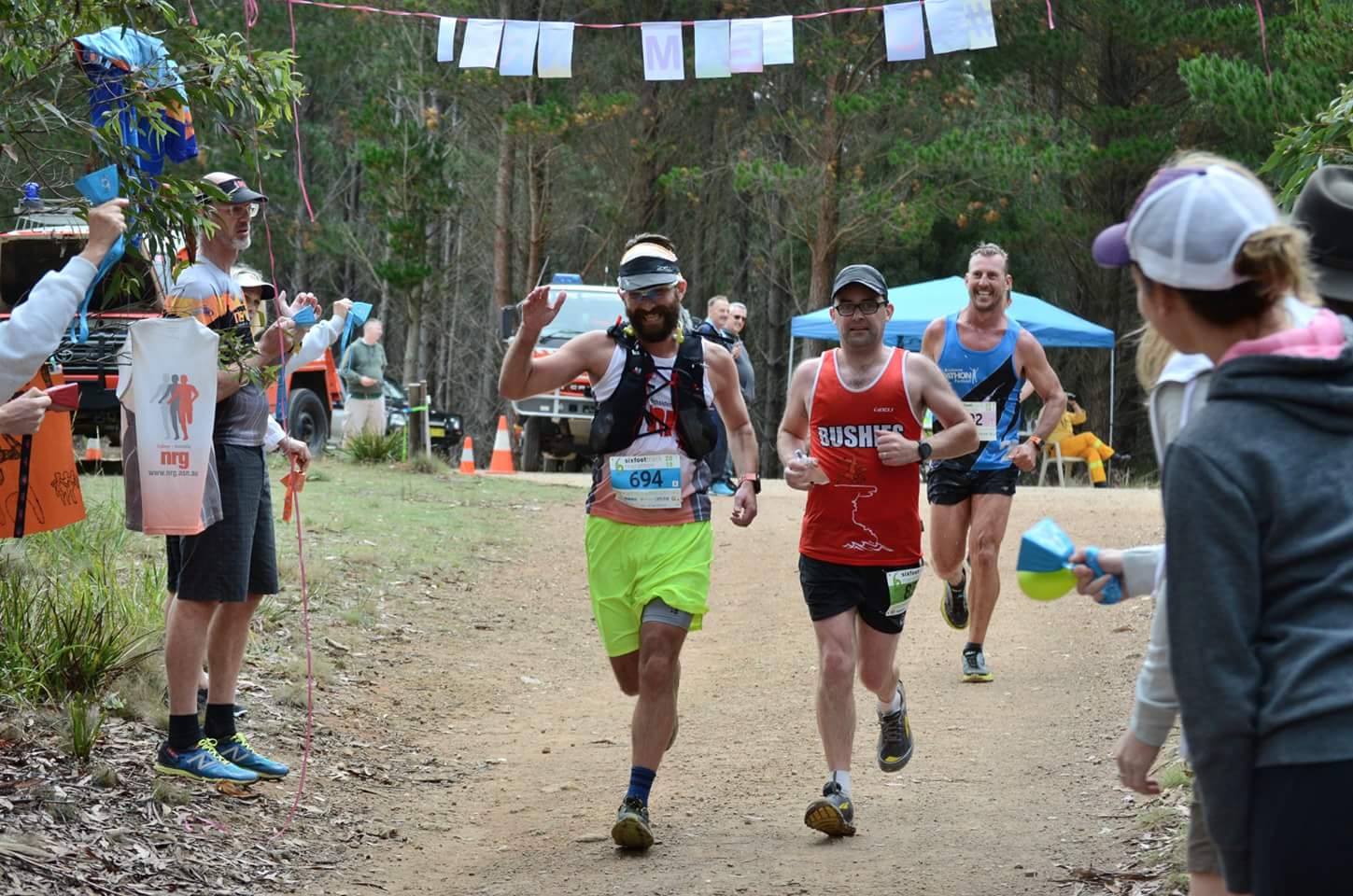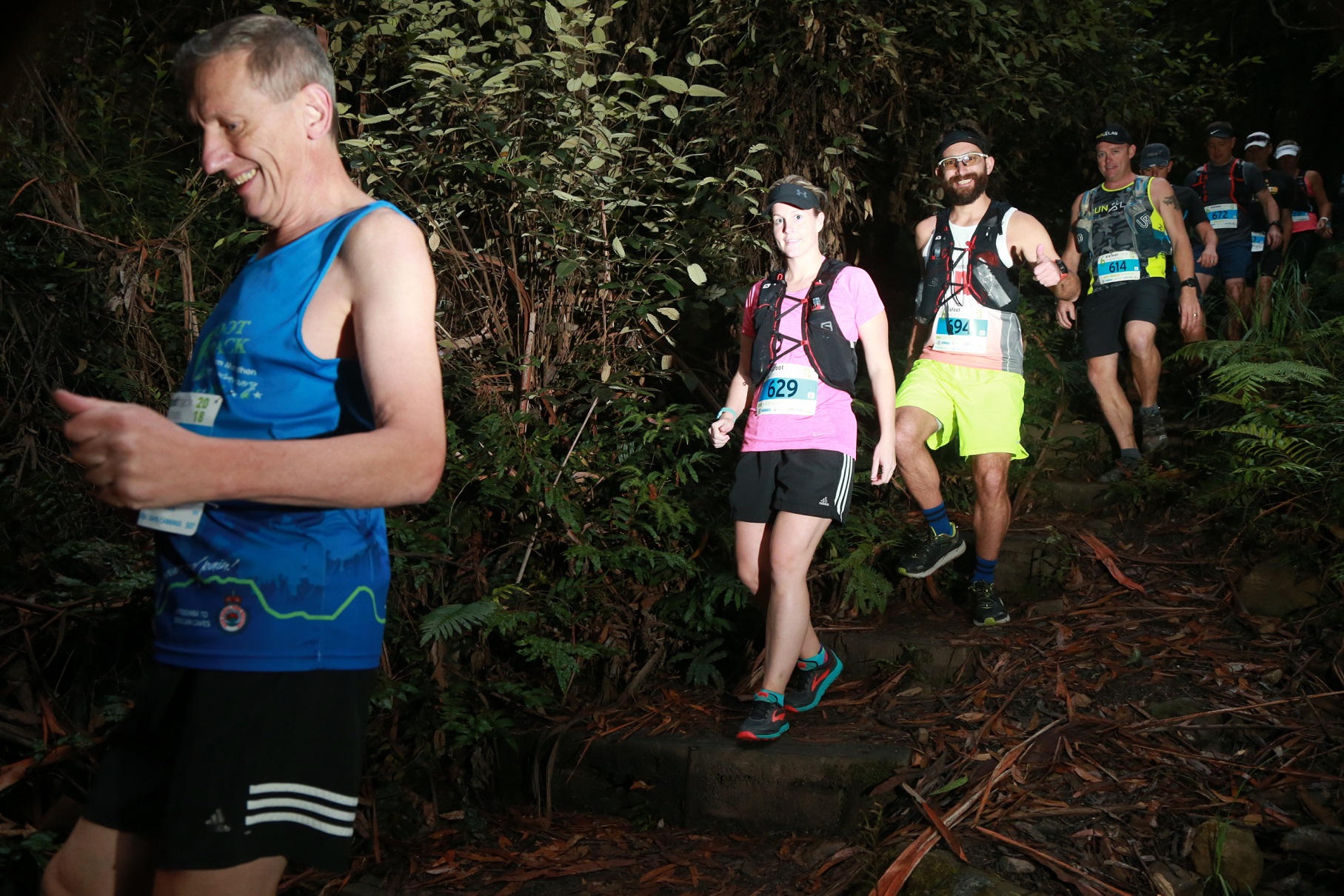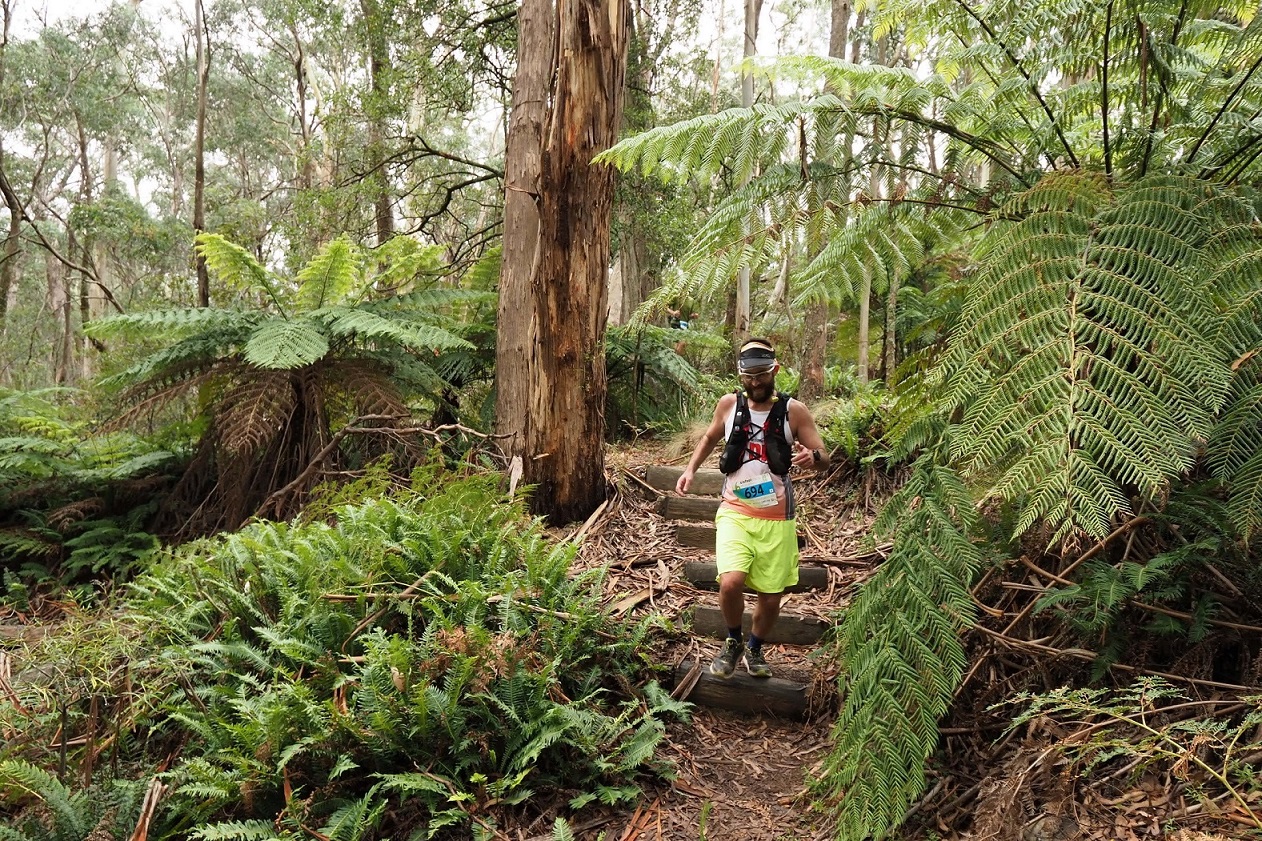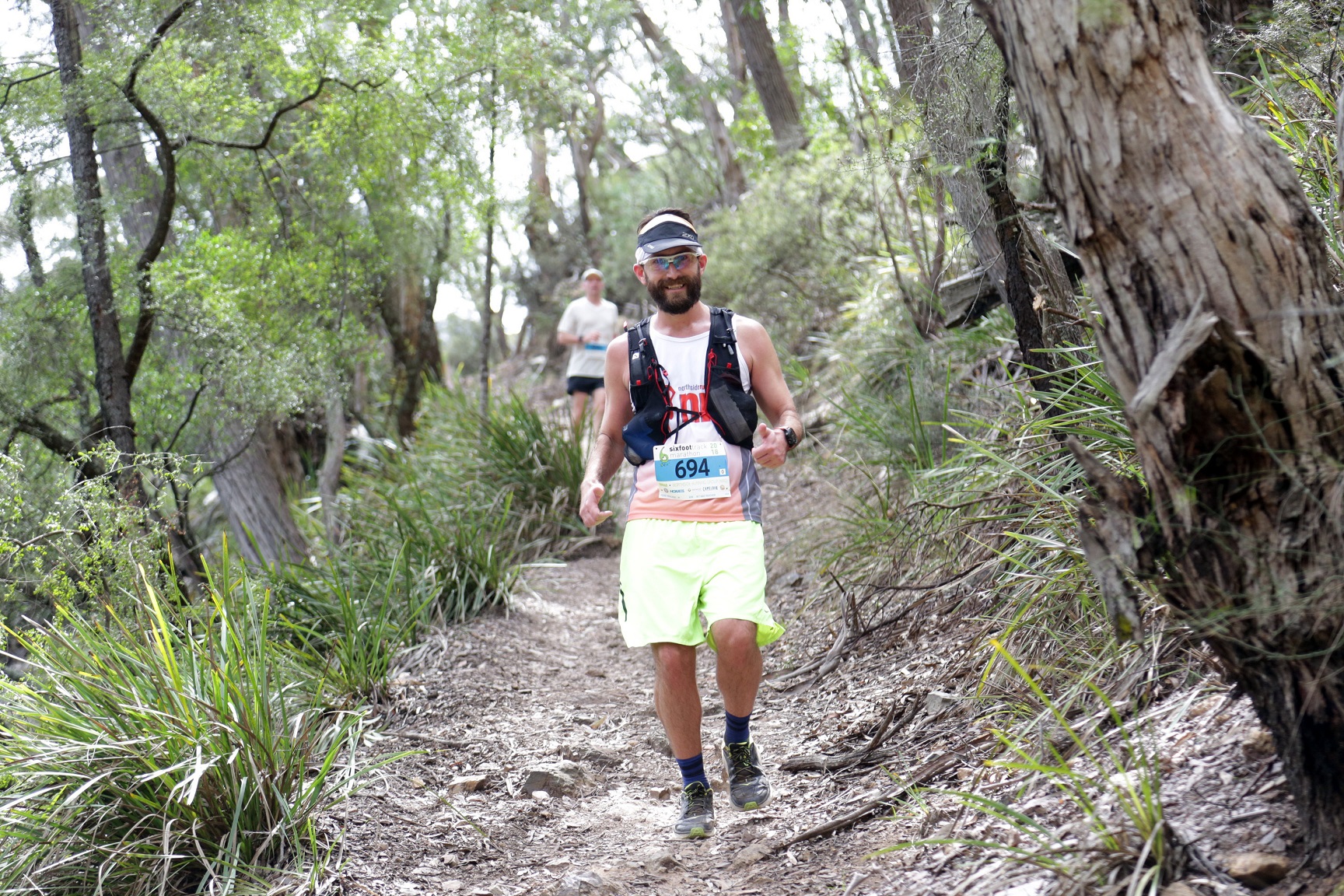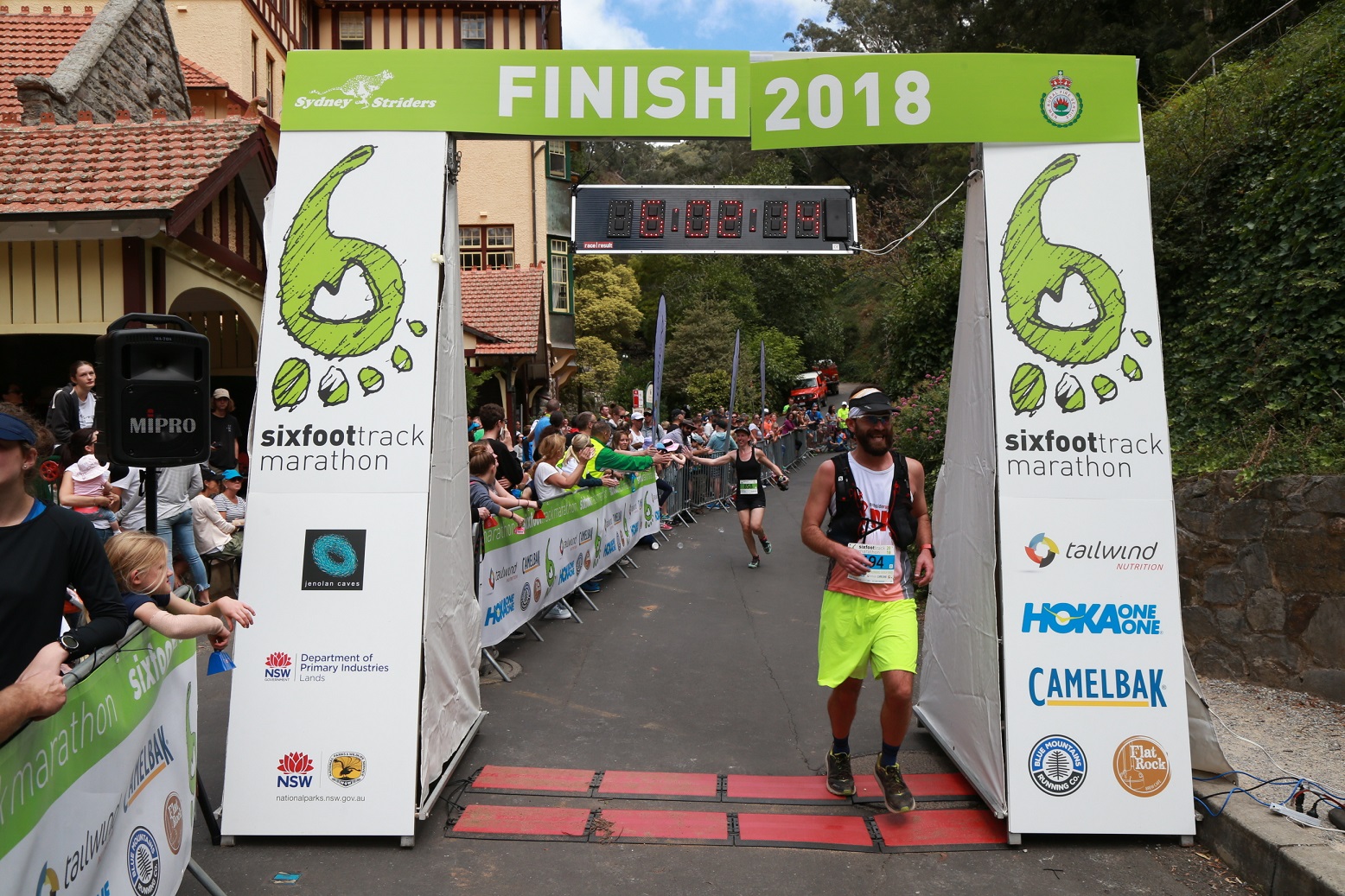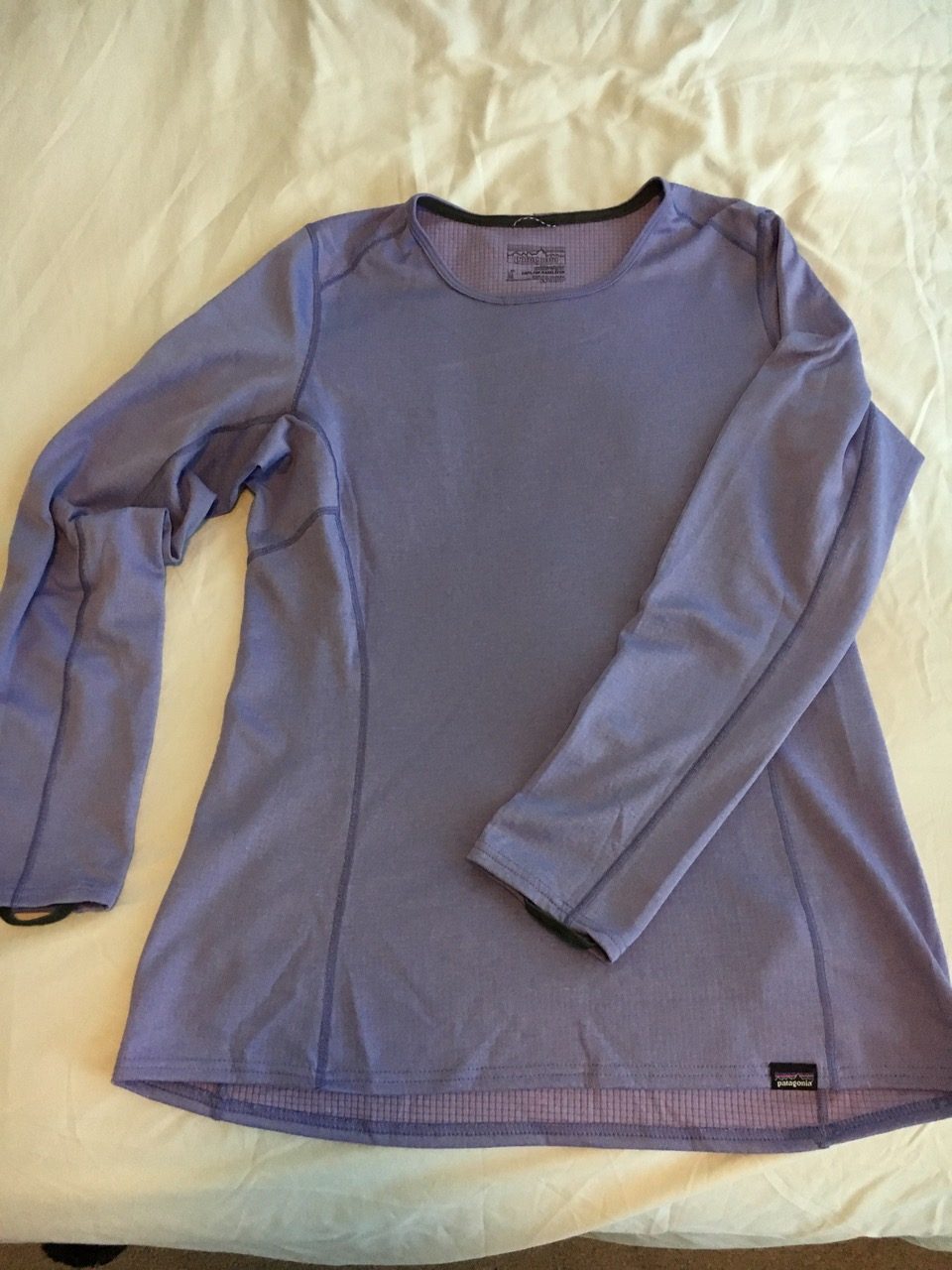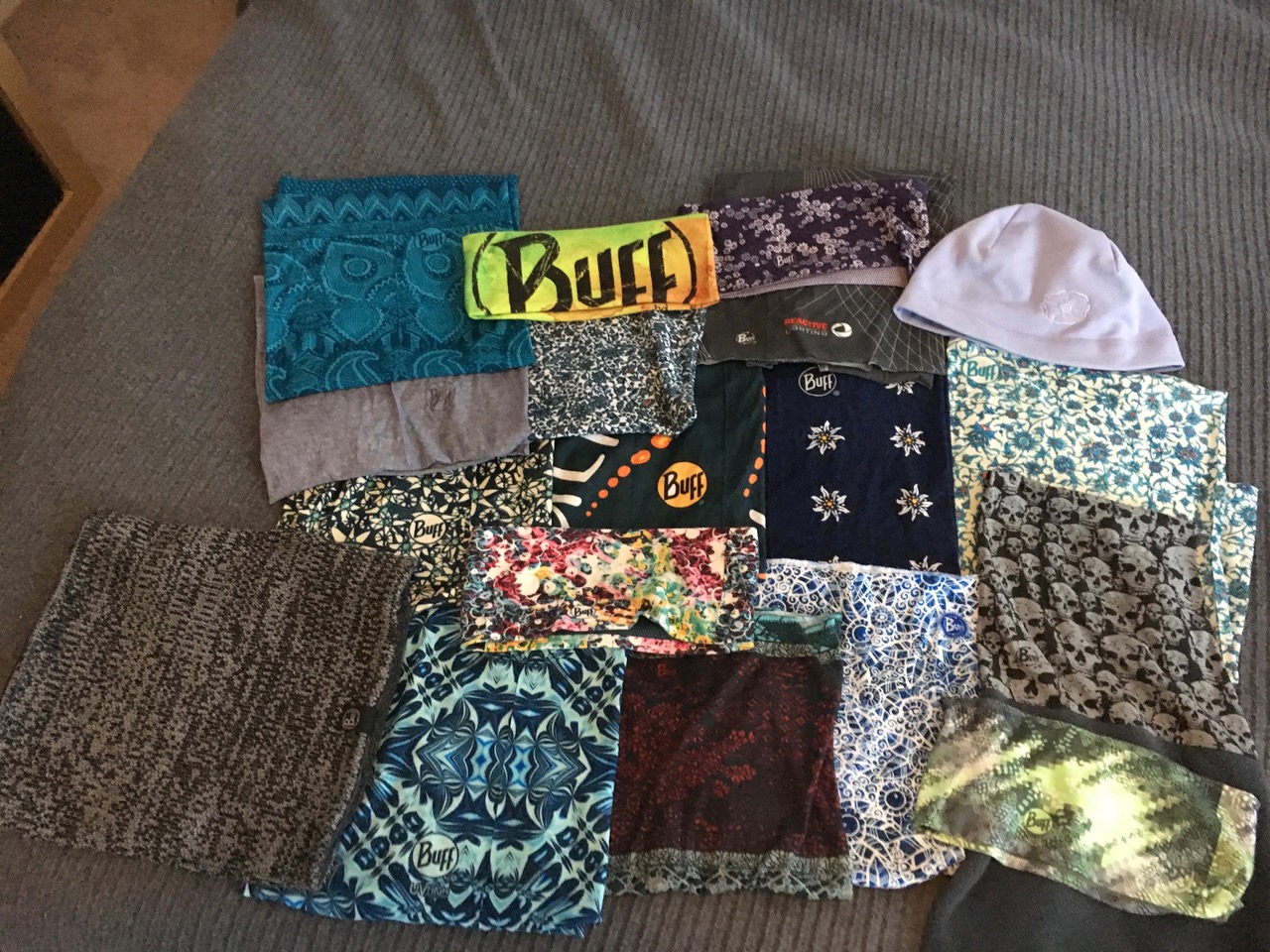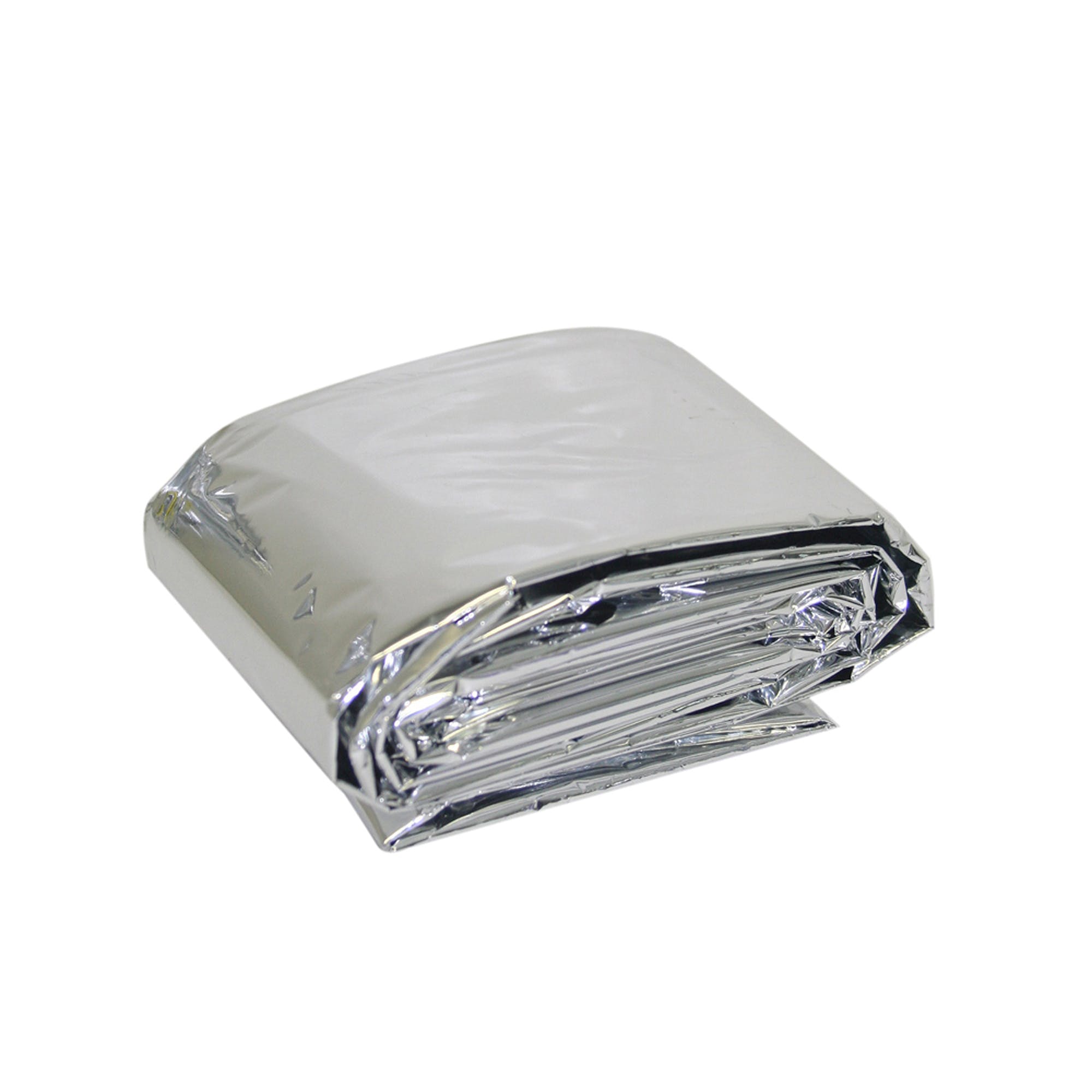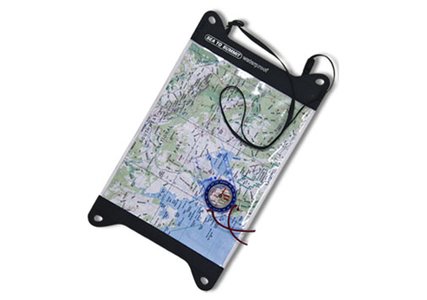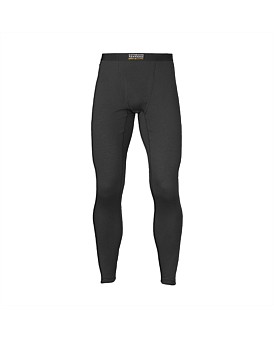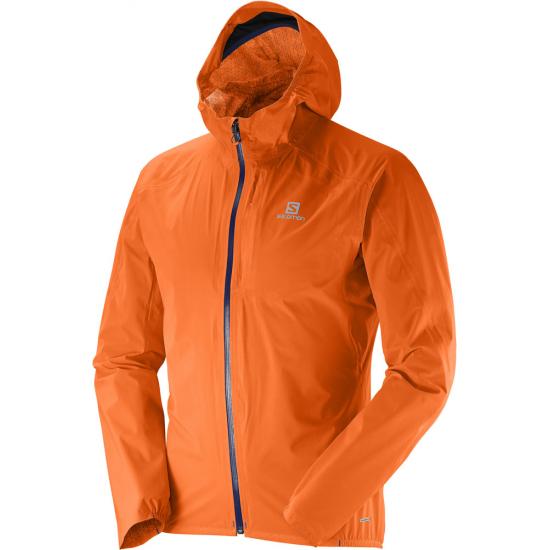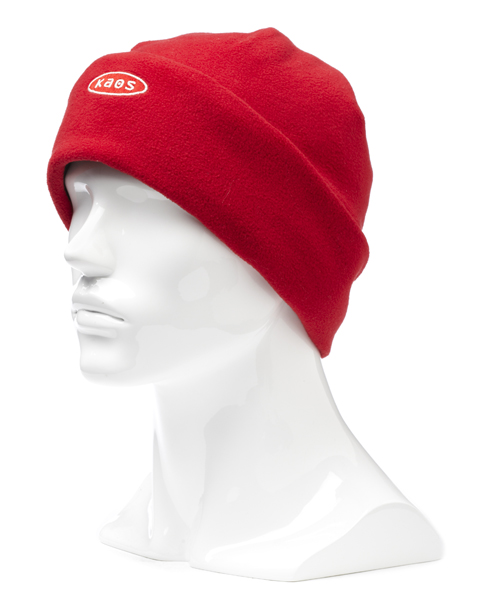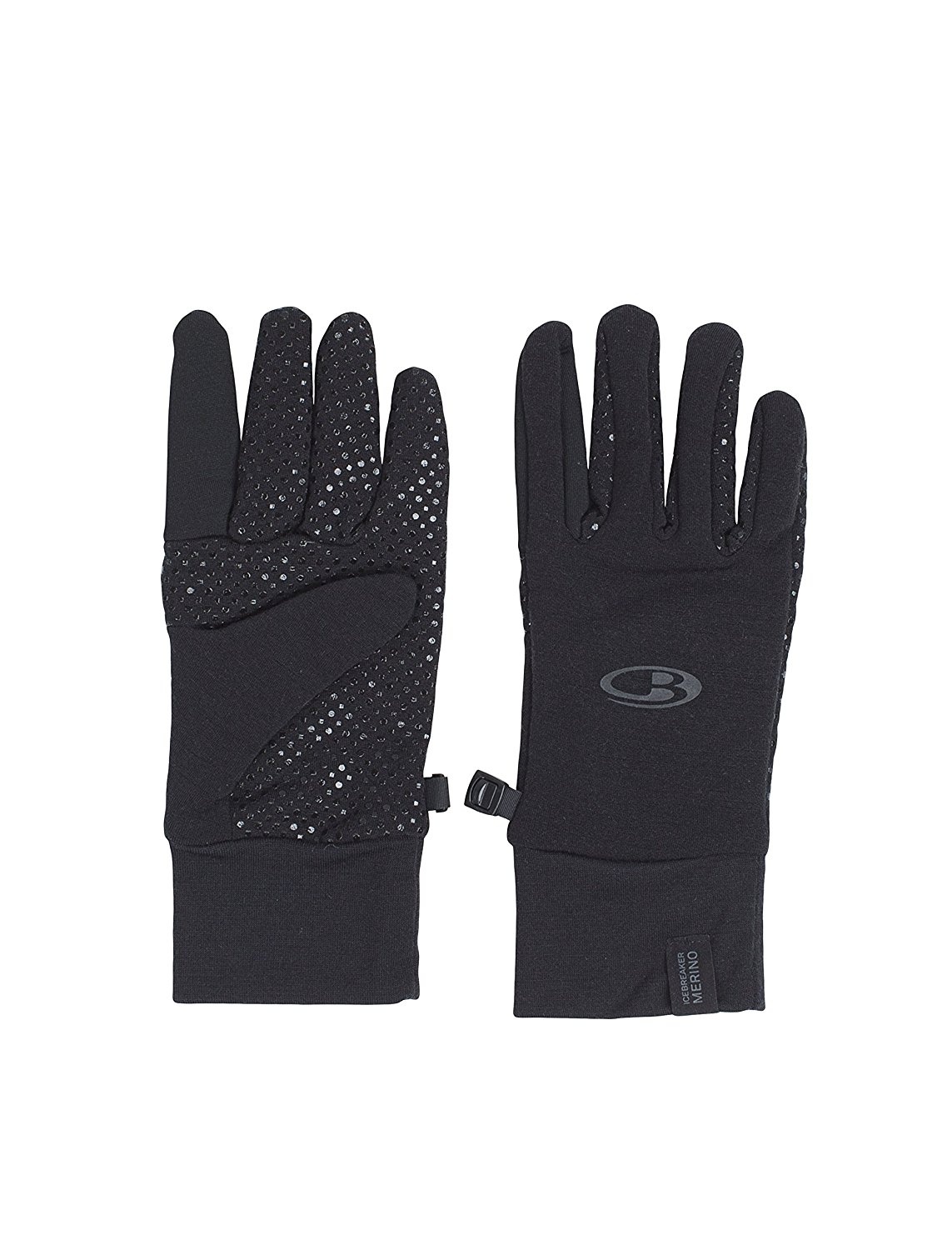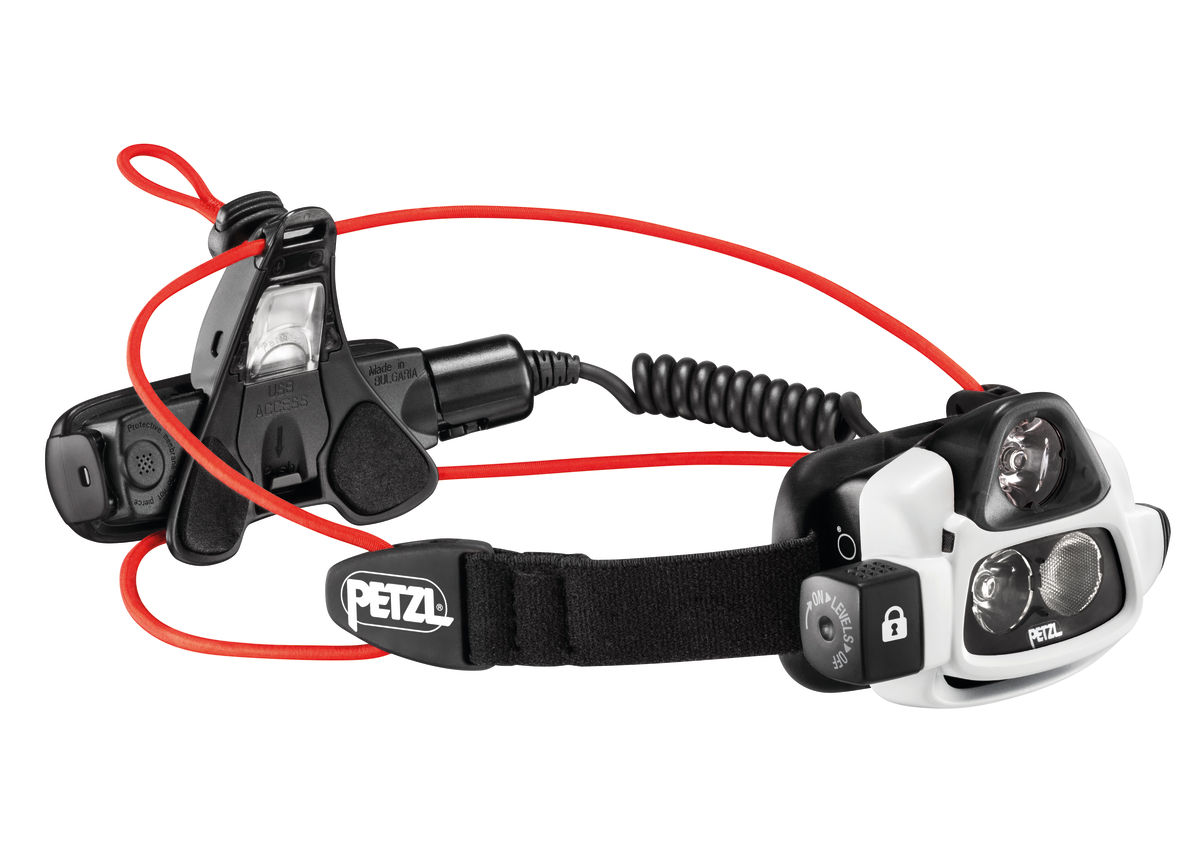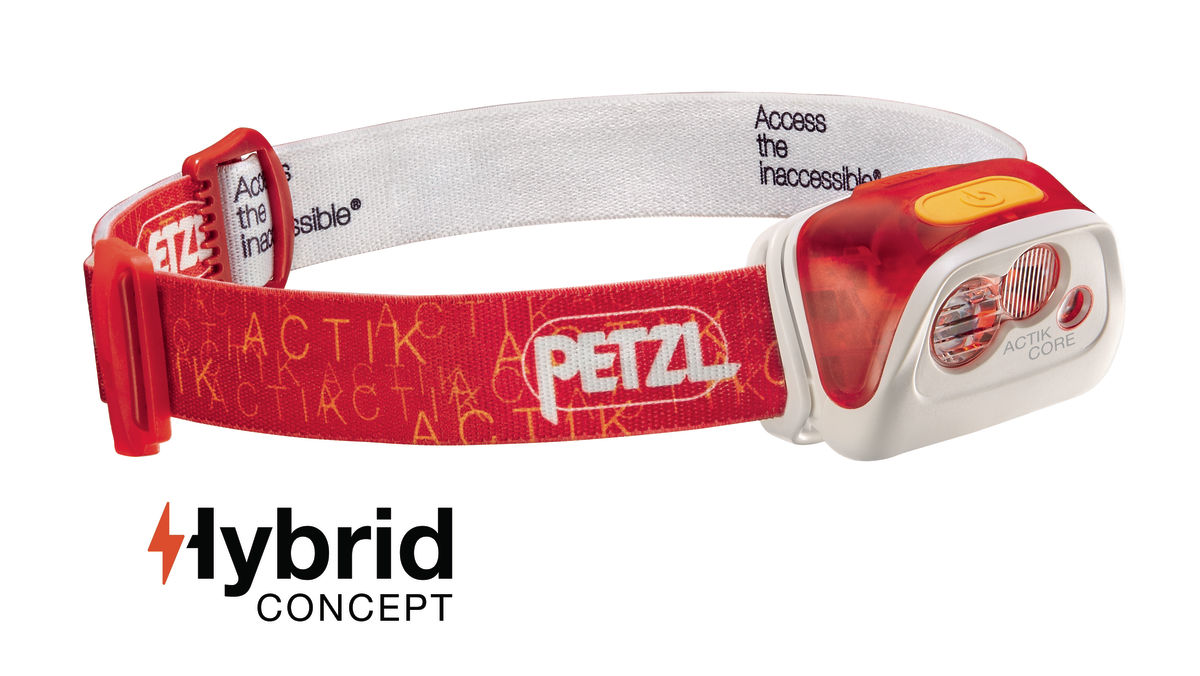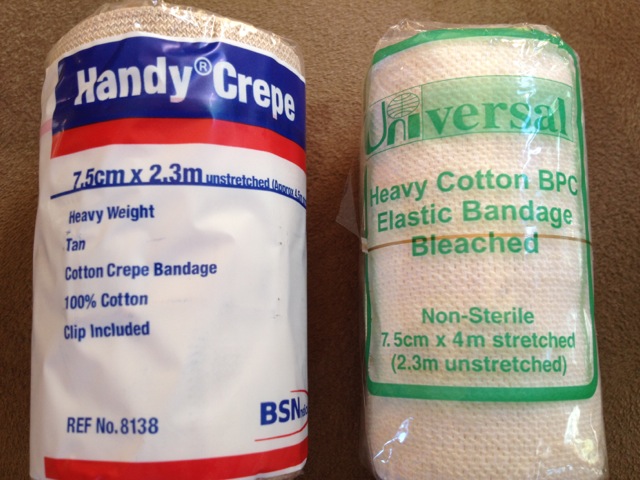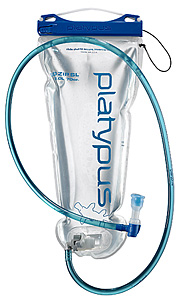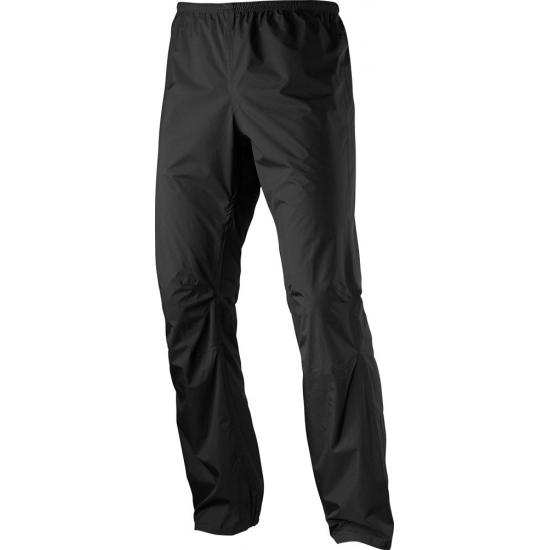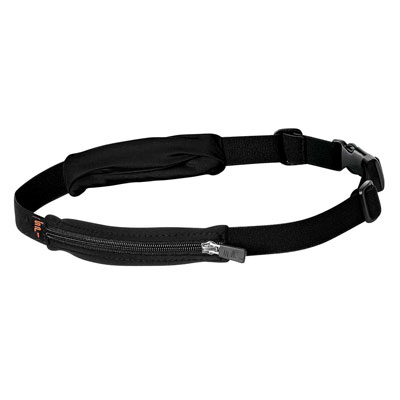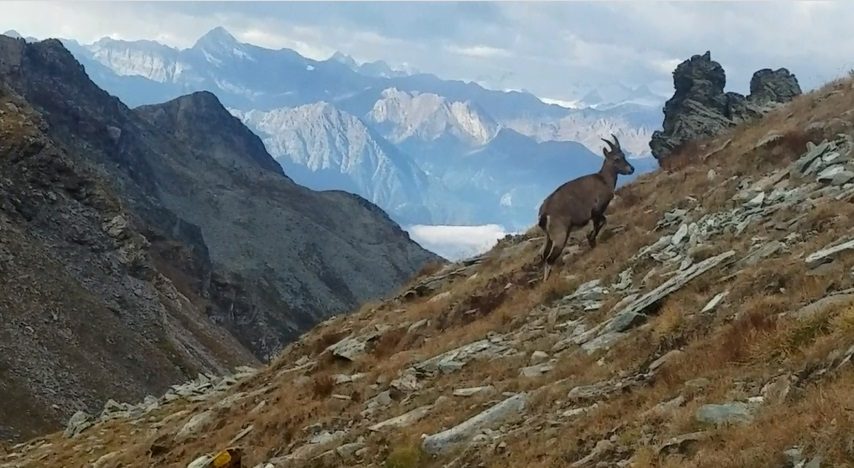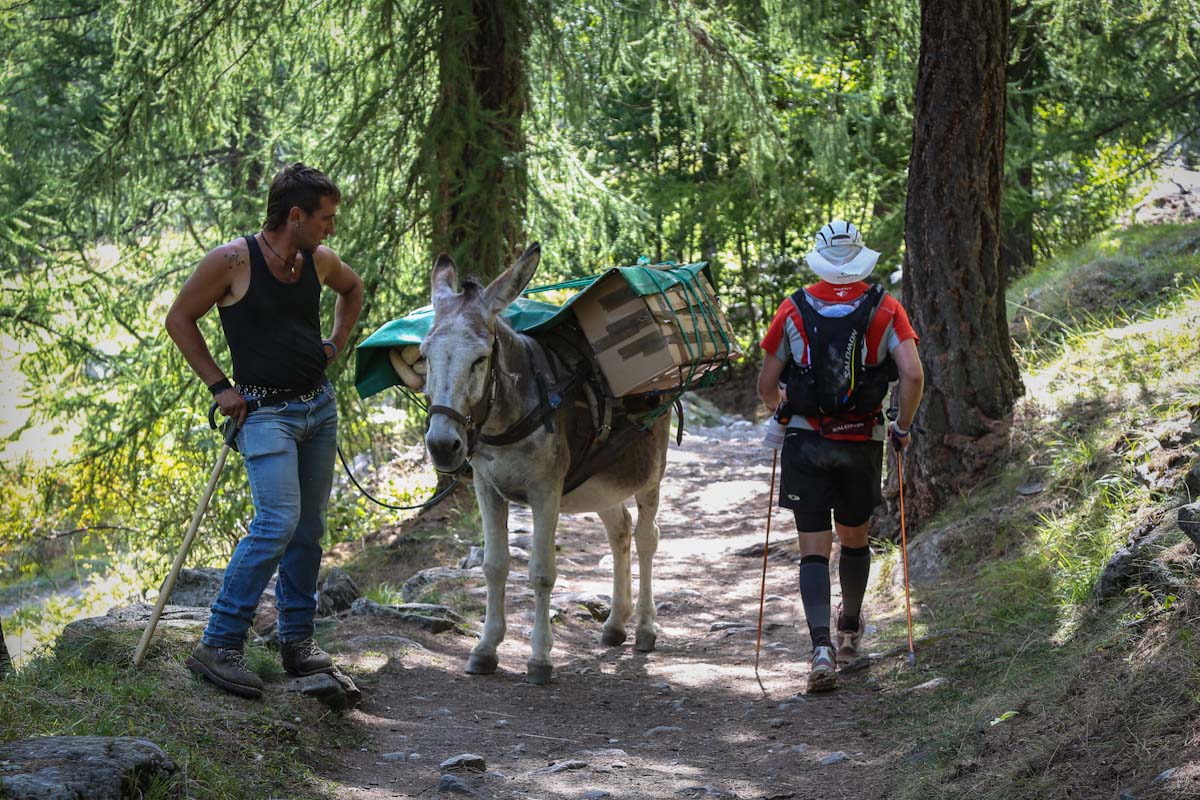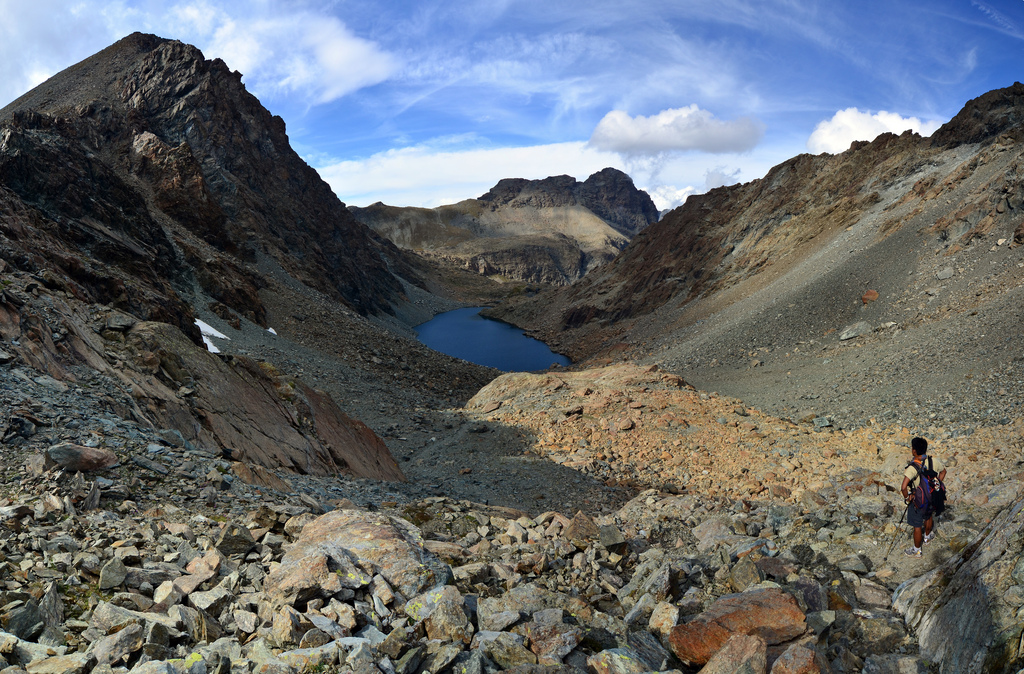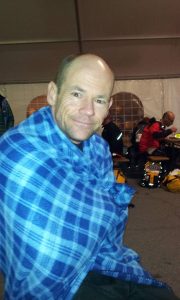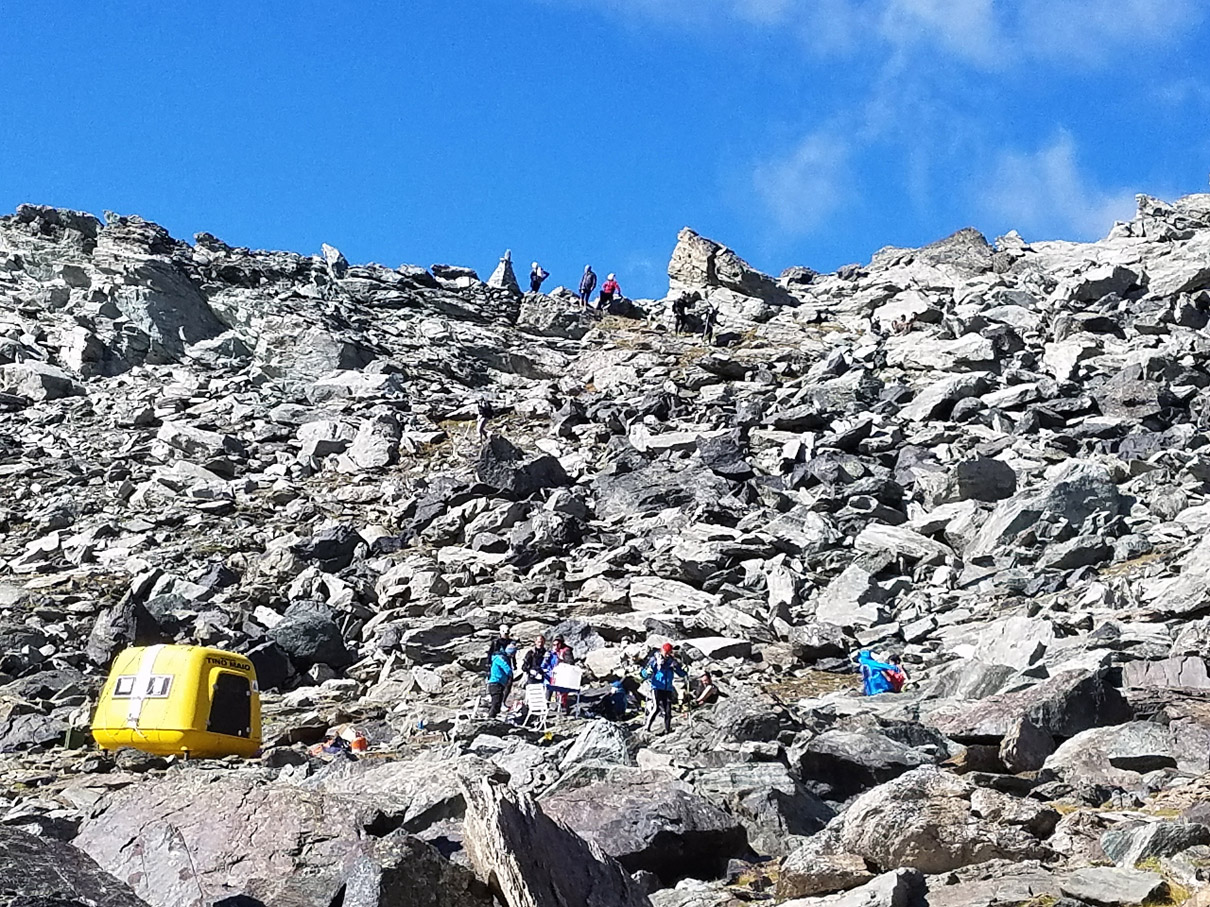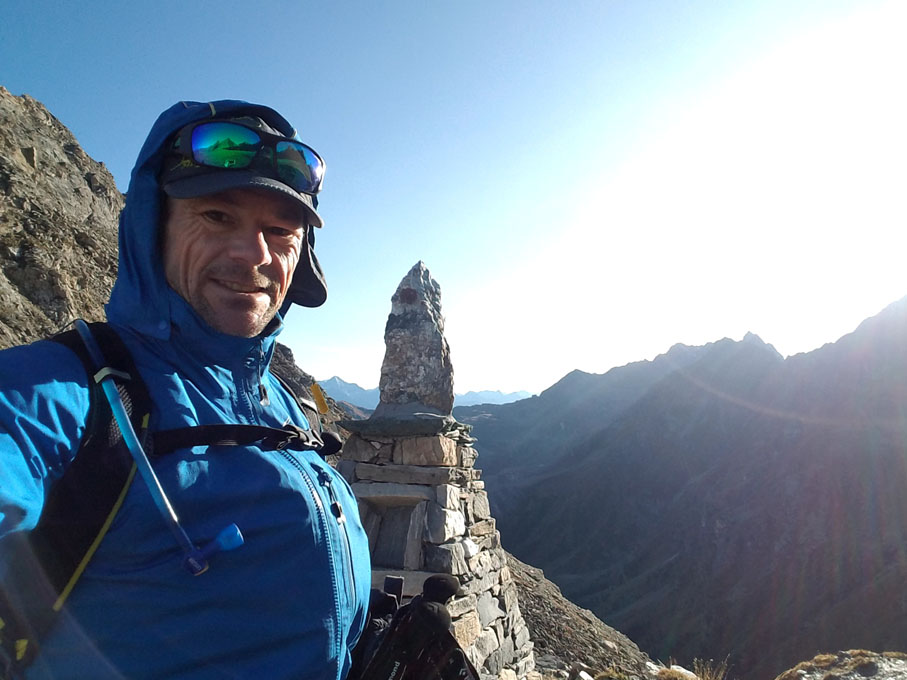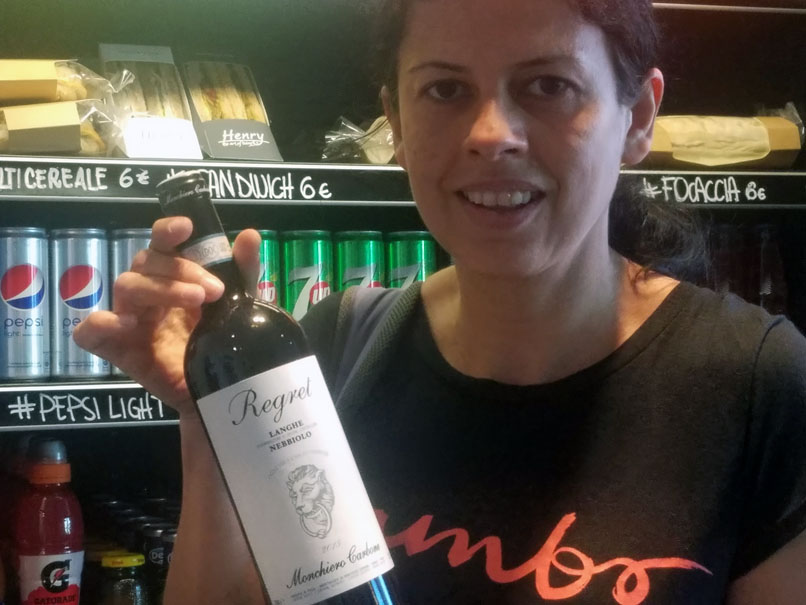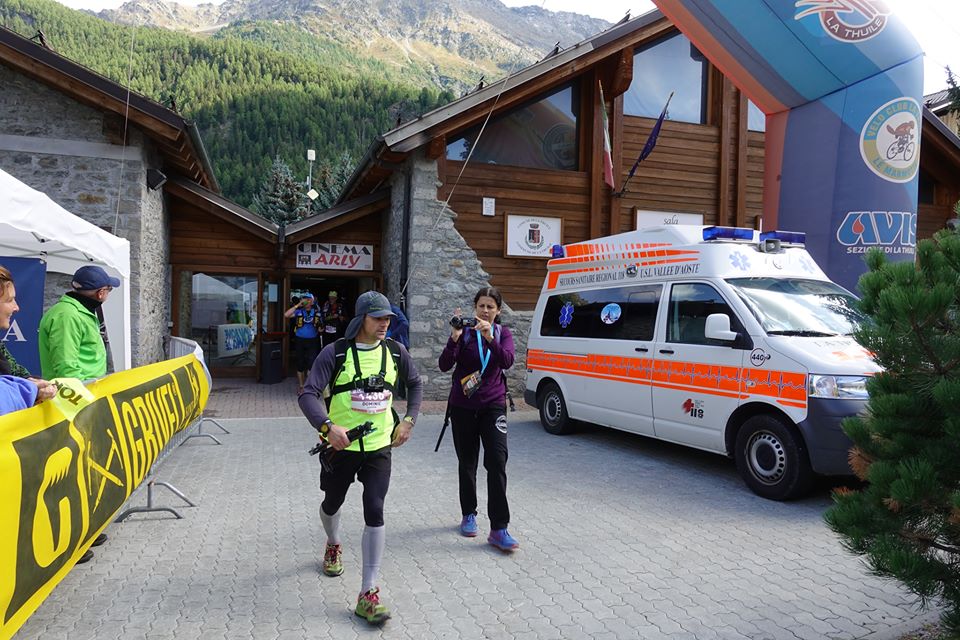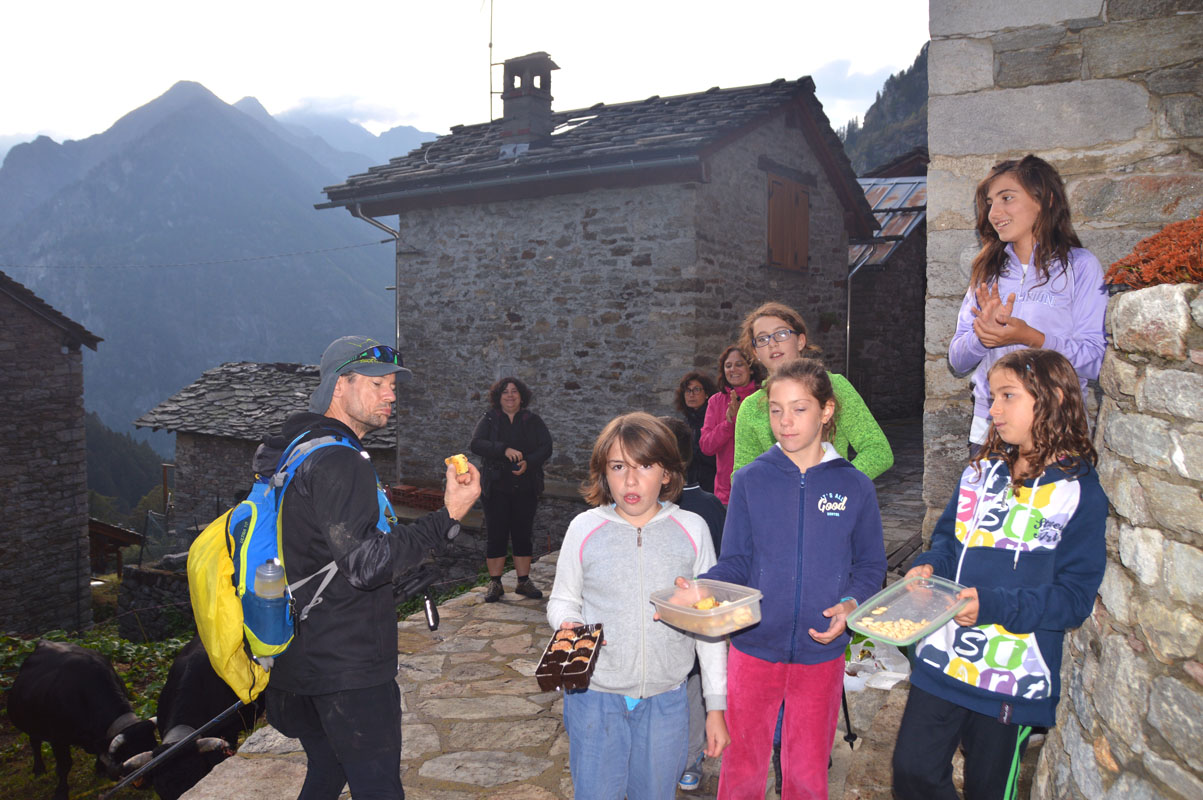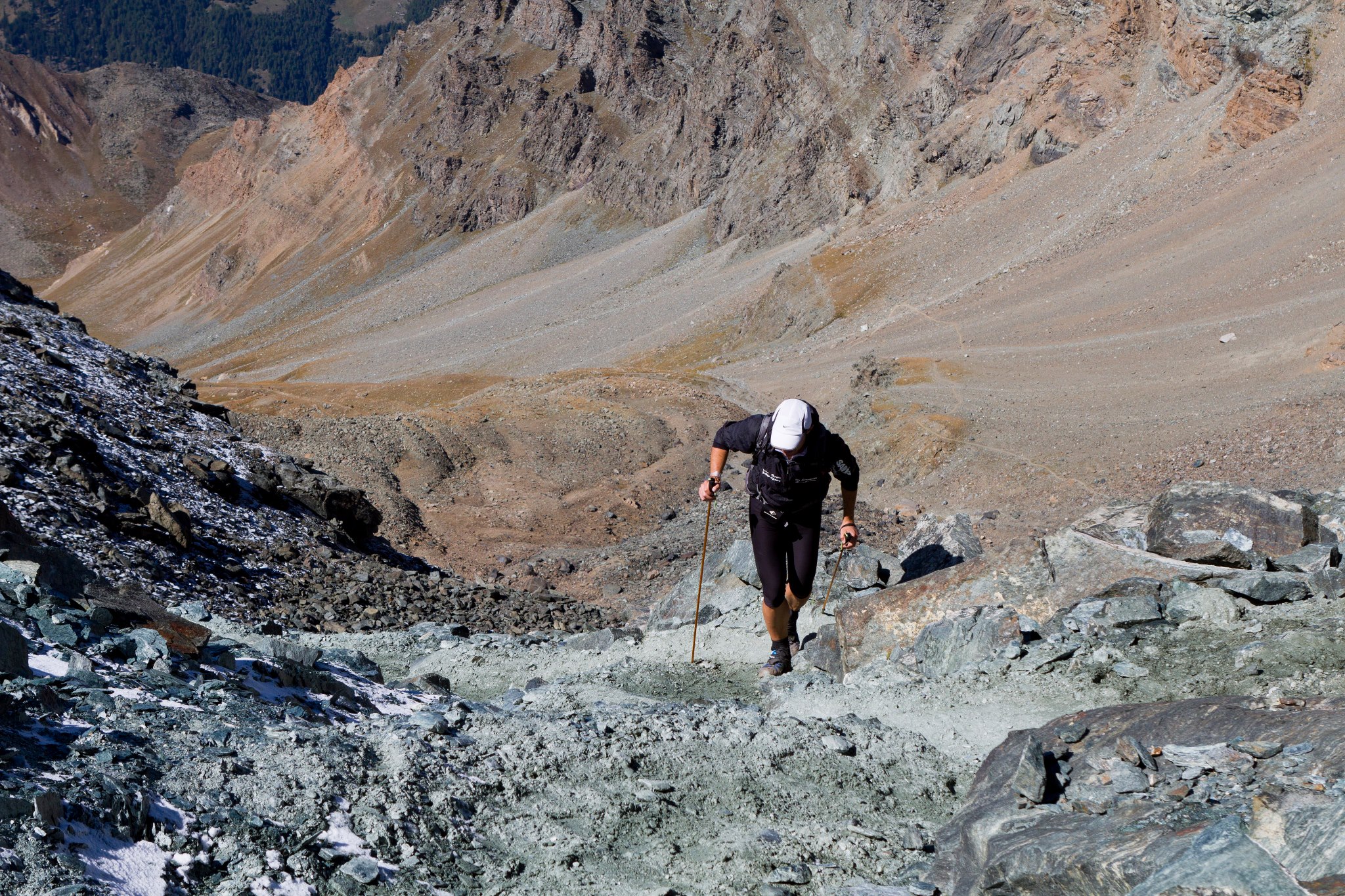GSER – 3 sunrises
Why run one hundred miles and stay awake for 49 hours?
You face the start line with the busyness of life on your shoulders and as you start life’s pressures evaporate and slowly kilometre-by-kilometre you are stripped bare. You focus on life’s basic elements until you reach a point, almost primal, where you are so physically exposed that what is truly important resonates so deeply creating an emotional vulnerability that’s so pure it’s exquisite. A hundred mile race will open your heart and allow you to feel so intensely and intimately; so that when you cross the finish line the clarity of what is important to you and the emotion you feel is like nothing you’ve experienced and it is intoxicating.
The lead-up
As soon as I heard about GSER (Great Southern Endurance Run) I thought it would be perfect as my first miler. To be honest hearing it was a marked course through the beautiful Victorian Alps lured me in, however on further scrutiny it was clear that Sean and Mel (Mountain Sports) were living up to their reputations and it was not to be taken lightly. Seeking advice from Coach Andy (Mile 27) about my choice of Miler, the answer was simple; all milers are hard so pick one that speaks to you. Damn it, GSER spoke to me.
Twelve months of commitment got me closer to my first miler. My training changed over time as I found myself in the Blue Mountains each weekend chasing “vert” with my best friends Perry’s Lookdown and Mt Solitary. I loved this time in the mountains, as I would get figuratively lost each weekend. I was however acutely aware of the time away from my children (who are now adults and are actually totally ok with not having me around) and my beloved hubby, highlighting the commitment was not just from me but my family. Despite having complete support from my hubby, my motivation to finish became so strong to almost justify my absences.
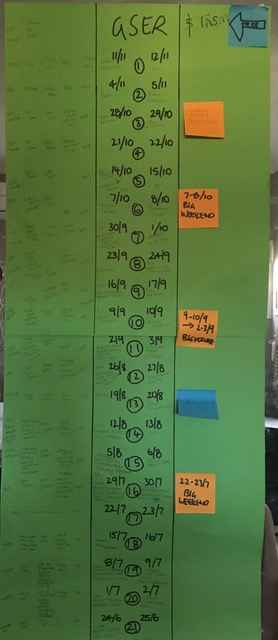
I have always loved taper and don’t feel like the caged animal some describe, as I much prefer to sleep in on weekends. This taper however hit me like a tonne of bricks. It’s easy to say with some bravado “I’m going to do my first miler”, “yeah I’m doing GSER”, but this is from a distance and suddenly it was here and I had nowhere to hide. I had no reason not to do the race and no excuse for a DNF as I had completed my training and was injury free. The nerves I felt those final weeks were so distracting. I suddenly had a million questions but couldn’t remember what they were to ask. I had a complete inability to think about anything else and finally jumped into planning the logistics of the race, which made me even more nervous. Reading course descriptions which included ‘take care if poor visibility, steep drop off the north side’ and ‘steep conglomerate traverses – take care’ met with my despair and my hubby’s raised eyebrows.
Another taper problem I experienced was the fear of bugs. Why is it that everyone around you becomes sick just before a race? I sat at work with everyone coughing around me, I became obsessed as I could feel the clean air around me rapidly shrinking as the bugs invaded my personal space and threatened to invade me with each breathe. I even gave the people around me a talking to for coming to work sick, in hindsight I must have sounded like such a b$%ch!
In the twelve months leading up to the race I sought Miler advice from many people. As race day rapidly approached I reflected on these pearls of wisdom and can honestly say they were stored tightly in my mental roll-a-dex and used at some point. The most powerful advice came from an unexpected source. My friend is 14 and has had a chronic illness her whole life, however this does not define her. She is vibrant, crazy and sensitive, and has a maturity and wisdom beyond her tender years, which makes her intriguing. After telling her about the race I messaged, ‘any words of wisdom for when the going gets tough?’ she responded ‘just remember to breathe’. OMG it hit me ‘just breathe’. It is so simple, go back to basics, don’t overthink things and just breathe. I loved it.
So after all the training, key races done (6 Foot Track, Buffalo Slam, UTA100, Hounslow Double) and with a wish for time to reverse and the inevitable to stay in the future, hubby and I packed up the Dufvan and together with those two special words we headed to Mt Buller for our adventure.
The race
After a restless sleep I was awake from 0300hrs. I lay in bed almost delaying the inevitable as I was acutely aware it would be a long time before I would feel warm and secure again. Time however marched on and I hopped out of bed and readied myself. The weather was colder than expected, mirroring the Blue Mountains winter conditions, and I made a last minute decision to wear long tights (with short tights underneath) for the start of the race. Leaving the warmth of our accommodation I was pleased it wasn’t raining as predicted the previous evening.
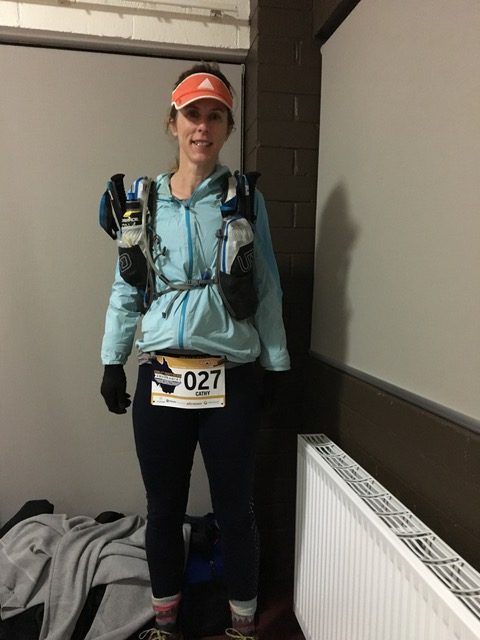
As I made my way to the start line the excruciating nerves I had experienced disappeared; I knew my big question would be answered in less than 53 hours. I had concerns for making the initial cut-offs, a fear felt by others. I pushed these thoughts to the back of my mind, however they occasionally crept to the fore where I did my best not to acknowledge them determined to just do my best. I met friends, we wished each other well and soon enough we were off.
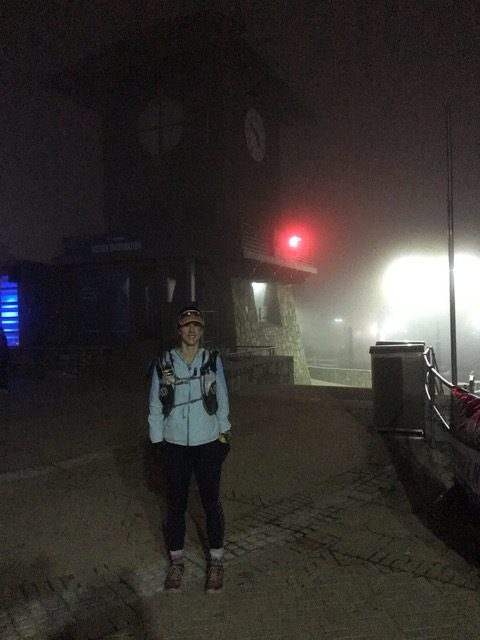
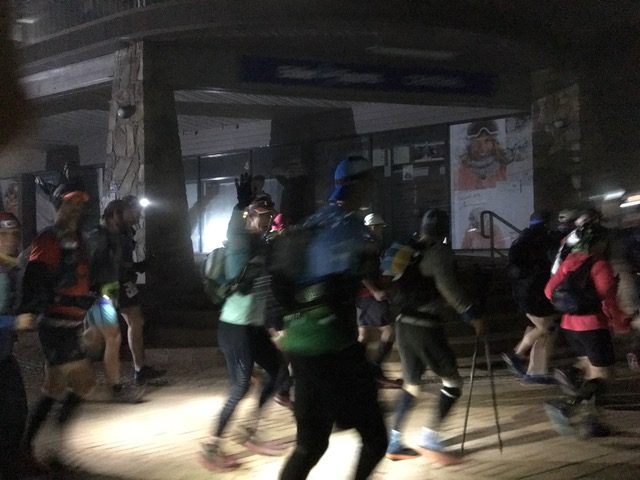
Start to Gardner’s Hut (11.6km /11.6km)
We started up towards Mt Buller summit. It was foggy, the ground was wet and I am sure there was snow. The wind was blowing hard and I was thankful for my gloves and long tights as I waited to warm up. I love it when you reach a summit and it feels so rugged and wild and Mt Buller certainly did not disappoint. My heart joyfully skipped a beat as I summited and then headed towards the first descent where soon after I saw my first sunrise.
There is a reason we have 3 hours to do 11.6km! Reality BOOM right there on the first descent! We were in for a loooooong race and I reminded myself to stay in the moment, and as I whispered ‘just breathe’ I took five deep breaths. I could feel myself relax by the third breath and I felt centred by the fifth. This five-breath routine featured prominently throughout the entire race, sometimes needing to do it several times within one minute! As we continued down the first descent we had a little conga line going as it was slow at times navigating the terrain. I was fixated on not getting lost and each time I would see a marker I said “marker” out loud as I figured if I got into the habit now I would be reminded later when fatigue gripped to look for markers (which worked).
The mood was light and I focused only on getting to the first checkpoint. At one point I briefly found myself alone as I tried to keep a consistent pace. I asked myself if I was going too fast and slowed a little however fears of missing the cut-off kept surfacing as I continued along. I reached the checkpoint with half an hour to spare. I quickly filled my water and continued on.
Gardner’s Hut to Upper Howqua (33.9km/45.5km)
What was ahead of us was a steep climb up Eight Mile spur to The Bluff Summit. To be honest I am much more comfortable climbing than doing the steep descents, so I felt ok with the climb. I focussed on staying comfortable. Just breathe. The weather was warming up and I started to feel hot and decided to take my long tights off at the summit. This thought quickly vanished as within ten minutes the sky erupted in what can only be described as a water-sport festival complete with hail, wind and thunder; was there lightning? I suddenly became chilled. I layered up and kept moving.
The storm passed and I reached the checkpoint where I replenished my supplies and tended to my feet. The preventative tape had not held in the storm so I quickly applied new tape and put dry socks on. Still aware of the cut-offs I didn’t want to waste any time and headed towards Mount Speculation.
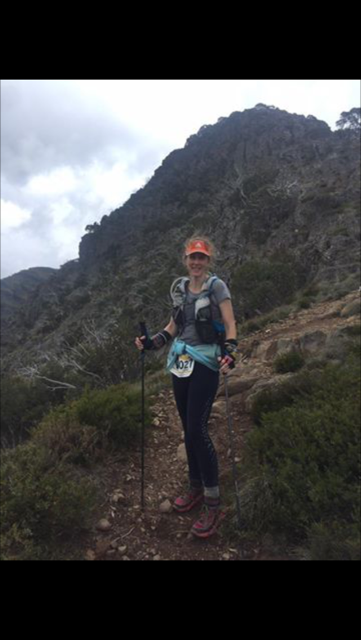
Photo credit- Shane Boshammer
Upper Howqua to Speculation (17.3km/62.8km)
I remember feeling comfortable; staying in the moment, continuing to ‘just breathe’ determined not to be scared off by thoughts of Mt Buggery and Horrible Gap. Right when I was trying to work out how the hell I was going to climb up a steep rock surface I received a message from race headquarters informing us a storm was imminent and to seek shelter when the wonderful combination of thunder and lightning is experienced. Hmmm just breathe. With a lot of effort I got up that rock surface, and right as I was reaching the summit lightning and thunder harmonised. I threw my poles to the side and lay down away from the electrical storm magnets. You get cold very quickly. I layered up and noticed those around me moving again so I jumped up and continued along the ridgeline. I thought I was cold then!
The storm had continued on its merry way when I reached the next checkpoint and I was in great spirits, predominantly due to the relief of making the cut-off. There were people everywhere, some bouncing around and some not so good. I quickly replenished my stores and left alone. Leaving this checkpoint I had a choice to continue towards a 100-mile finish or take the alternative route of 50 miles. This was not even a question I needed to answer.
Mt Speculation to East Buffalo Road (31.2km/94km)
I was now heading into the slowest and most technical section of the course and to increase the level of difficulty it was to be the night section. I headed down a wide and very rocky dry riverbed. I felt good. I pondered being alone as I had chosen not to have a pacer, and hoped to meet up with someone to complete this section with. Still glowing with the relief of making the cut-off I enjoyed the runnable slope almost skipping parts in a child-like fashion. Conscious of nutrition and hydration I took a sip of water and stopped dead in my tracks. Just breathe.
I had forgotten to fill up my bladder with water.
F#$k. How could I be so stupid? Was my race over because of this mistake? I just stood there.
Just breathe. Just breathe. Just breathe. Just breathe.
I tried to ring Coach Andy but the reception wasn’t very good and I couldn’t get through. I paused. Coach Andy always said that something would happen to challenge me; it was how I responded to the situation that mattered. Just breathe. I struggled with the idea of going back. I felt I was risking the cut-offs. I did a stocktake of my water. I had 600ml in a flask, few sips in my bladder and a 600ml bottle of perpetuem. Was it enough for 10 plus hours? I had hydrated well up until that point and I was heading into the cooler night section. I knew there was a water tank in 15km (the advice was not to drink the water, however I was carrying purification tablets). At the time I didn’t understand just how long it would take to get to the water tank.
After standing still for what felt a very long time I made the decision to continue on.
I was still cursing myself as I wondered if this would cost me the finish. Just breathe. Soon after the sun disappeared and as night descended I bumped into Scott and Mark. Scott is the best pacer. Please contact Scott for any pacing duties. With desperation in my voice I told the boys about my stupid mistake. Without hesitation Mark offered me 600ml of water mixed with electrolytes. What a bloody gentleman. I held the bottle like it was my child’s beating heart as I gently tucked it away. Despite his reassurances that between them they had enough, I refused to use that water until the bitter end hoping not to need it and return it to my saviour. I hope like hell sharing his water with me didn’t affect his race, however I am extremely humbled and grateful for what probably saved my race. Having the extra water meant I stopped fixating on not having enough but now stressed about missing the water tank. It was dark, was it right beside the trail? Would we miss it?
Initially writing this race report I couldn’t quite remember where the log section was but then I remembered a couple of Mark’s near misses climbing over them – it pays to be a female! The log section is as the name sounds, hundreds upon hundreds of fallen trees littering the path we were meant to travel. I’m unsure why the course markers didn’t clear them for us! It was so slow going as it became more of an obstacle course than a trail run. Sometimes it was easier to just drop to the ground and crawl underneath. It almost seemed comical that this was the GSER course and discussions were had that the course was ‘beyond words’ and had to be experienced to be believed.
I worked hard to keep up with Mark and Scott (the best pacer). The boys were hilarious. Without knowledge of the course (perhaps Mark’s failure to advise him) Scott the road marathoner had agreed to pace his friend. Scott exclaimed he hadn’t even run a step yet! Credit to the best pacer though as you wouldn’t have known he wasn’t a trail runner as he continued on so strongly.
Navigating the terrain was so difficult. It must have been around Mt Despair (aptly named) where if I hadn’t been trying to keep up with the boys I would have frozen many times. The rocks we were climbing over were wet and sloping with an almost slate like appearance providing small spots of traction to climb over. This was the part that the course notes referred to as ‘steep conglomerate traverses – take care’. It almost seemed impossible and with one mistake you would slip. Turning my head to the right my head torch would shine into the darkness and you felt the acuteness of the drop below. The only thing that stopped me from freaking out was keeping up with the boys, as I didn’t want to be alone in the dark. I kept apologising to them as I felt I was intruding in their pacer/runner relationship but they were both such gentlemen and assured me all was ok. Thank you Mark and best-pacer Scott, Karen is eternally grateful.
Thoughts of the word ‘Viking’ muster fear and trepidation and yep The Viking on the GSER course lived up to expectations! I reached the steep 6 metre chimney climb which thankfully the organisers had placed a ladder to assist us (shocked face emoji). There was a bit of a traffic jam as runners navigated their way up the chimney. It was here I bumped into my mate Dan. What a champion he is! I felt instant relief when I saw Dan and it seemed to be reciprocated as he asked if he could tag along with us. “Yes, without a doubt yes!!!”
The chimney as the name suggests had two large boulders either side of you. Partway up was a huge rock wedged in the chimney with a fallen tree branch across the middle. Down the middle of the chimney was the ladder (picture those flimsy ladders that hang from helicopters in movies) and to the left of it was a thick rope. The initial part of the climb felt very awkward as the ladder swayed and to complicate things I was holding onto my poles at the same time. I looked up and could see Dan had made it and was waiting for me. As I continued the ladder clung firmly against the boulder in the middle, which meant you could not put your feet in the rungs. I hung nervously considering my options. I couldn’t use the ladder, the rope was to the left, and I was holding poles and had to squeeze around the fallen tree branch and over the boulder in the middle. I was scared of falling and breaking not only myself but also the person below. Dan was giving me advice as I was clearly in struggle street. I ended up taking my weight via the rope with my flimsy runner’s arms, with poles flailing about; I then had to manoeuvre my body to one side of the tree branch whilst threading the poles the other side. Dan told me to throw my poles ahead of me, which I did and I’m not sure how, and with one almighty heave I got to the top and avoided falling onto the people and rocks below. Just breathe.
At the top I continued my quest to the water tank and my obsession with missing it in the dark. I filled Dan in on my water fiasco and he kindly offered me some of his water. Scott and Mark were ahead and Dan and I continued just behind them. I eventually needed Mark’s donated water and soon I ran out of fluids.
There like a mirage, after what seemed like an eternity but in reality was probably about 6 hours we reached the water-tank!!! It was like an oasis until Dan peered into the top and reported the water was brown and infested with insect larvae. Scott and Mark continued on as I took my pack off and struggled getting it under the tap situated low to the ground. As the brown sediment laden water filled my bladder I wondered about the next challenge I would face. I popped two purification tablets in, reminded myself I was carrying Gastro Stop and waited at least 40 minutes before drinking the sweet nectar that would save me. I ignored the taste as we joked the insect larvae provided some much needed protein.
We arrived into the checkpoint relishing the atmosphere and support. I needed to sit down and tend to my feet. They had been speaking volumes as blisters were presenting themselves and becoming quite painful with each step and I was painfully aware we were only halfway! A wonderful volunteer found a large white bucket for me to sit on and offered assistance. He was happy to fill up my bladder and remembering the water situation I yelled after him to empty the contents before re-filling. He was really very helpful and assisted where able. It was with much trepidation that I took my shoes and socks off and my fears were realised as the camp collectively responded to the largest blister next to my big toe. “Do you want the medic to look at that?”…. ummmm yes! It was cleaned, popped and redressed. Prior to the race I had thought of lots of different management strategies for things that could go wrong. This included blister management; I did not consider this in the context of persistently wet feet. The tape I had previously trialled just did not cope and feeble attempts to re-tape seemed futile. I put on dry socks and changed my shoes and hoped for the best as Dan and I continued on our way, each step reminding me of my feet’s journey towards annihilation. It was 0445hrs Saturday morning.
East Buffalo to Selwyn Creek Road (14.2km/108.2km)
Sharing my feet angst with Dan, we spoke about it, we acknowledged it, and as my dear friend Natalie has told me, once you hurt you can’t hurt anymore. This became true thankfully as either the pain dulled in the latter parts of the race or my mind just accepted and dismissed it or most likely everything else was just hurting more!
Shortly after leaving this checkpoint we saw our second sunrise in the race. I am not sure exactly where we were but it was breathtaking. The mixture of colours streaming from the sky against the mountain ranges we had travelled took our breath away. Dan and I both later wished we had taken a photo, however the experience of capturing the majestic beauty nature was offering us could not have been shown in a photo. It was a very special moment.
I had now travelled the furthest, over the longest time, ever!
We reached the checkpoint and once again my feet had to be tended to. I had longed for uphills as with each downhill step the pain was excruciating and I knew something more definitive needed to be done. I peeled back my socks. The tape was loosely covering all the blister points and underneath you could see the bubbles of fluid. A lovely medic spent time on my feet opting to leave the existing tape on she placed gauze over the blisters and secured it with brown tape. Although this loosened over time I left this on for the rest of the race. Thank you to that wonderful lady!
Selwyn Creek Road to Mt Saint Bernard (16.8km/125km)
We left the checkpoint in good spirits and headed towards Barry Mountains. This leg shall be known as ‘am I hypothermic?’
The third major weather event occurred during this leg. I’m not entirely sure where exactly but it involves summiting and ridgelines. We were never entirely sure if we were on The Twins as we just kept on reaching peaks. There seemed to be more people around as we trudged through the weather as the rain, wind and drop in temperature had me wondering about the signs and symptoms of hypothermia. There is a fine line I imagine, and I was tiptoeing on the precipice. I remember stopping briefly (like seconds) and instantly felt cold to the core. So I continued on whilst trying to decide whether to indeed keep moving or stop and layer up. For me stopping would involve removing rain jacket, taking off pack, pulling out clothes and putting it all back on. If I weren’t feeling ok I would have made the decision to do this, but at the time I felt stopping would make me hypothermic whereas continuing to move I was ok.
No words were spoken as we faced the elements; spurred on by the knowledge I would see my hubby for the first time at the next checkpoint. I had it all planned out; I would dive into the Dufvan, strip everything off and climb under the bed covers to warm up. I pictured those survival movies and thought my hubby would have to climb in with me with my hands nestled in his armpits. I have never been so cold.
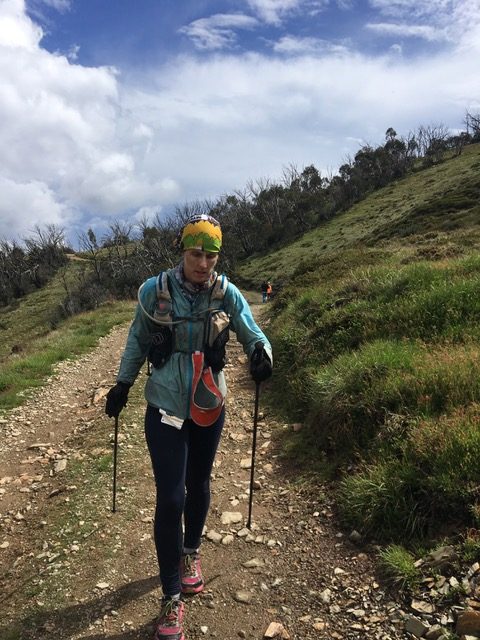
By the time I arrived at the checkpoint, the storm has passed. I still dived into the Dufvan for a full change, however did not require any armpits to warm me up. My only issue at this stage was I didn’t have any more long tights. I had never raced in long tights before so didn’t have a collection to use. I placed short tights on (I have a million of those) and felt instantly better to be in dry clothes. This really was a great checkpoint. I saw beautiful friends and received some nourishing hugs. My hubby excelled at crewing. I had provided him with a small list of potential food items, which he must have thrown out as it was like shopping at the supermarket with an array of food options available.
Mt St Bernard to Harrietville (21.9km/146.9km)
Heading out of the checkpoint, still a little cold we headed up the road towards Mt Hotham. It got hot. I had to strip off some of the layers I had just put on. We trudged up the road and Dan got his hike on. The man can hike and I found myself running to catch up! I finally managed to sidle up next to him and as we were admiring the track off to the right heading towards Mount Feathertop we missed the turn to the left. Thankfully we hadn’t gone too far when a cyclist desperately rode back up the hill to tell us our error.
Back on track we continued on our merry way. We were in good spirits and for the first time I was actually running ok down Bon Accord Spur. We were hoping to reach Washington creek before nightfall, however our head torches were required just short of this. We got to the river and jumped onto the bridge; thankful for a water crossing where we could keep our feet dry, NOT! The bridge just stopped partway over the river so we turned back and after some confusion we worked out that our feet were destined to stay wet as we walked through the creek.
As we were getting close to the Harrietville checkpoint a local hopped out of her car. She ran up to us with so much excitement and asked if we were Cathy and Dan (she had been looking at the online trackers). Talk about leaving us with swelled egos. Thank you to the wonderful lady who put a real spring in our step! Soon after this I got to catch up with a running friend I didn’t recognise at first despite him having rescued me after finding me breakdancing in an ants nest during my only DNF.
Arriving at the last checkpoint with still no sleep we had decided to move through as quickly as possible and if we needed sleep in the last leg we would stop for 15 minutes on the trails edge.
The checkpoint was exciting. Up until this point I had never considered finishing. Thoughts of a finish crept in, which I quickly dismissed as a lot could still happen. My hubby tells me I was chatting away like I had been drinking! Mel from Mountain Sports was there. She’s amazing and offered so much support and encouragement. Wayne once again had a huge display of food for Dan and I and I must say vegemite sandwiches have never tasted so good! I chowed down heaps of food mindful of limiting my time at the checkpoint. My feet were tolerable (sort of) so I left them.
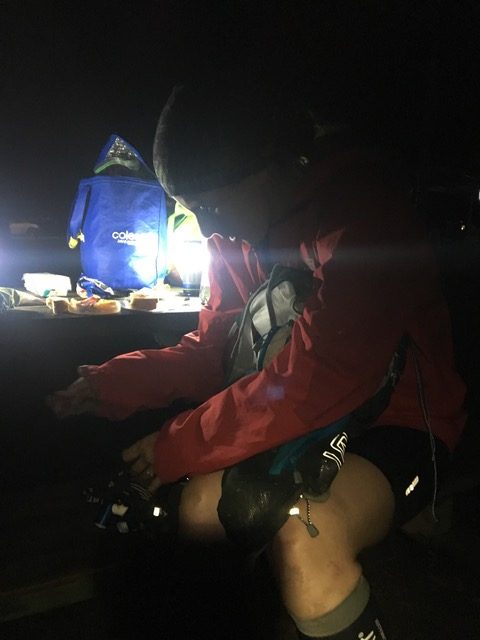
I jumped up and right before leaving the checkpoint I heard I was the second female. WTF! I had honestly wondered whether I could finish this beast and thought if I did, it would be crawling across the finish line onto an ambulance stretcher with seconds to spare; so hearing I was second confused me. Someone mentioned that third was coming in and I felt compelled to hurry up.
Harrietville to Finish (34.1km/181km)
Leaving the checkpoint my mind was buzzing with thoughts of second place, but not in a good way. I felt a pressure. Dan and I discussed this, as for just a moment things felt like they were unravelling as we were pushing harder than our bodies were allowing. Dan urged me to go ahead as he didn’t want to jeopardise my possible podium. I felt sick in the stomach after all the food. We took a moment and decided if we both put our best effort in we would be happy with the outcome regardless of any placing. Once this was decided we found the pace that was right for us and the pressure was off. I did however peer back occasionally to see if anyone was coming and just quietly the stars in the distance can sometimes look like head torches!
I asked Dan about strategies we could use to get through the final kilometres that would seem endless. This had been really good to think about as in the kilometres to come we would remind each other to ‘just breathe’ or ‘one step’ or ‘clear mind’ as we trudged on in a foggy blur of sleep deprivation with our minds willing our bodies to the finish line. Dan asked me about what my finish line image had been. I told him on all my runs where I had imagined the race I pictured collapsing across the finish line into my hubby’s arms. He said he always crossed the finish line with his beloved children running beside him and as they were not there he pictured face timing with them as he crossed the line. We decided in that moment the clichéd crossing the finish line holding hands was not for us. We would honour each other beforehand and cross as individuals to honour the images we had hoped for in the 181kms leading to that moment.
At any other time this section would be so easy to run. Wide, rough, fire trail for endless kilometres. Each 5km marker seemed to be getting further apart and I found myself frequently checking my Avenza map to make sure we were on track. I noticed as I was walking looking at the map I would stagger off into the bush. Unless I was clearly focused on the trail ahead of me I couldn’t walk straight. I was clearly fatigued, however didn’t feel like I needed to sleep. Dan was behind me, closely following my steps. I could hear his breathing change and wondered if he were sleeping. I continually did my 5 breaths to keep me centred as it felt that was the only thing I could remember to do.
With each downhill the pain in my feet was excruciating and I noticed I was grunting with almost every step. We were climbing well and grateful for each uphill as our feet hurt less. We were quiet with the occasional sound of wildlife reminding us of our location. Out of the blue I said to Dan ‘your girls would be so proud’ and OMG he was off… he later told me at that time he was picturing his daughters, who are clearly an inspiration as it took ages to catch him!
Going into this race I had always thought the defining moment would be when I got to the point of wanting to DNF, what would I chose? I had mentioned this to Dan at some stage and he questioned this thought process. Why would that define this experience? He was right, as I never wanted to DNF during the entire race. Here I was well over 40hrs into the race and right now was the defining moment. My body was spent, I had asked for this moment, I had trained for this moment and I could not complain or begrudge the moment I had dreamt and wondered about for so long. I stayed in the moment and relished the experience. This was my defining moment. It had been imperfectly perfect! I had made mistakes like not filling up my water bladder and poor blister management but I had dealt with them and moved on, I had stayed in the moment and I was happy.
170km surely the course markers got it wrong and this was 175kms.
We got quieter but kept moving. Just breathe. I waited for the hallucinations I had heard so much about but they didn’t come. Clear mind.
175km.
Like zombies we continued. One step. Just breathe. Our third and final sunrise almost passed without the recognition it deserved, as our brains just could not comprehend it.
We reached the road and it almost took me by surprise. I finally allowed myself to think about the finish. The threat of emotion began to rise and suddenly Dan and I could sense the end and we ran, we ran like finishing was our everything. We were stripped bare. We couldn’t talk, we couldn’t think, we couldn’t process but we could feel. I felt my family. I felt their never-ending love. I felt my life was theirs and if ever needed they could have it. My heart was exploding as my eyes filled with tears and my grunts of pain became intermingled with intermittent sobs and pure emotion that I could not keep at bay. We got closer and closer to the finish and my desperation to fall into my hubby’s arms became almost painful. My heart embraced my children and wanted so desperately to see them, feel them, touch them and savour their whole being. I was stripped bare and all that mattered was my family.
Emotions streaming from me the kilometres ticked by and I savoured each of them. Nearing the end Dan and I paused briefly as we knew our moment was not on the finish line but then and we hugged. No words were needed.
That final kilometre was magical as the physical pain dulled and finally I acknowledged to myself that I had done it. I saw the finish and after countless kilometres I parted with my miler buddy as I saw my hubby – that beautiful, brave, supportive and loving man and I dived into his arms sobbing. Finally after 49hrs and 15 minutes I felt the security I had longed for. I felt the love. I felt happy and I didn’t want to let go. I hung onto him until someone reminded me I was still to cross the finish line. I let go and across the finish line I saw Sean Greenhill, a Race Director who had been so invested in my journey. I hugged him tightly, still sobbing, happy to share this unique moment with the man that created it.
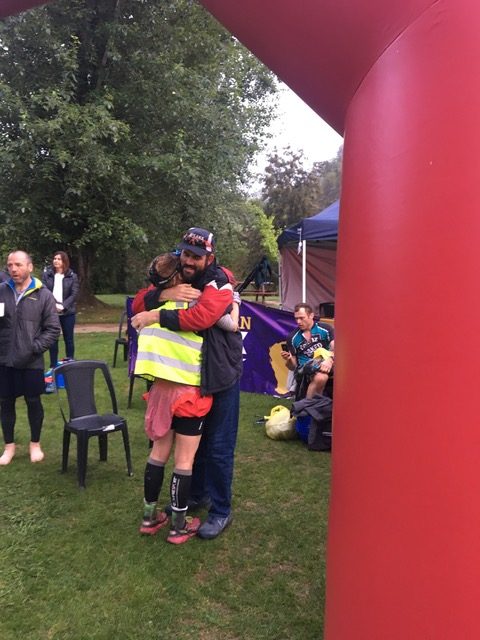
I turned and saw Dan as he ran across the line holding his phone with his wife and children with him and couldn’t help but think how lucky those girls are to be so loved. We did it Dan!!!
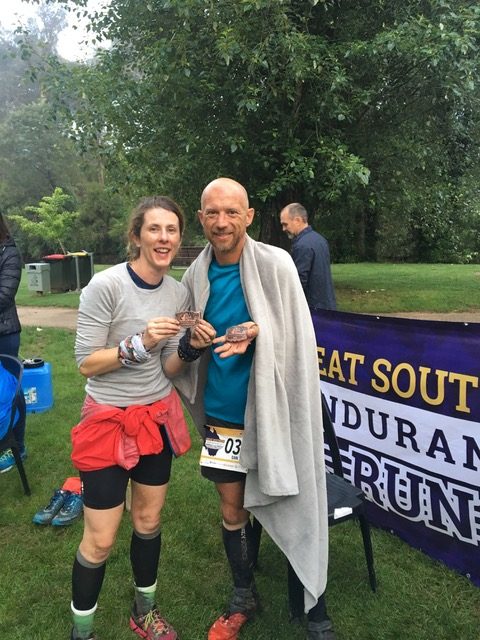
The course
Whilst this has largely been a personal reflection, homage must be made to the GSER course. Many comments were made during the 49 hours in utter disbelief at how the course could be that hard. The consensus was that it was beyond words and had to be experienced to be believed. Perhaps a comment on the first descent by a runner alluded to what was ahead. She told me before the race she had come to train on the course and on this very first descent she didn’t get too far as it was difficult to work out where the trail went. What followed was indeed that!
I remember hundreds and hundreds of fallen trees we had to climb over or under. I remember sliding on descents in the dark, where you had to jump down slippery surfaces and in the moment of letting go you hoped you wouldn’t fall too far. I remember the race markers just going through the thick bush and it seemed illogical that the course would go that way, and then you remember it’s a Sean and Mel event and it makes perfect sense. I remember spectacular vistas as you reached a summit and the world was laid out before you in endless mountains. I remember these breathtaking views with a happy heart.
I remember creek crossing after creek crossing. I remember lush forests and during one night section a massive tree came crashing down that got the heart racing. I remember the most incredible plant I have ever seen. The huge tree ferns you see with the trunk and the fern leaves spilling out on top like an umbrella, I saw several similar looking plants however the tip of the fern leaves were still joined at the base making the whole tree one massive ball. I know this wasn’t a hallucination as Dan saw it too!
I remember the birds and their cheeky noises, as the sun would rise. I remember the silver leaves that looked like race markers during the night. The beauty of the course was ever changing and kept the mind and imagination fluid and entertained.
GSER offers more than your mind can comprehend.
